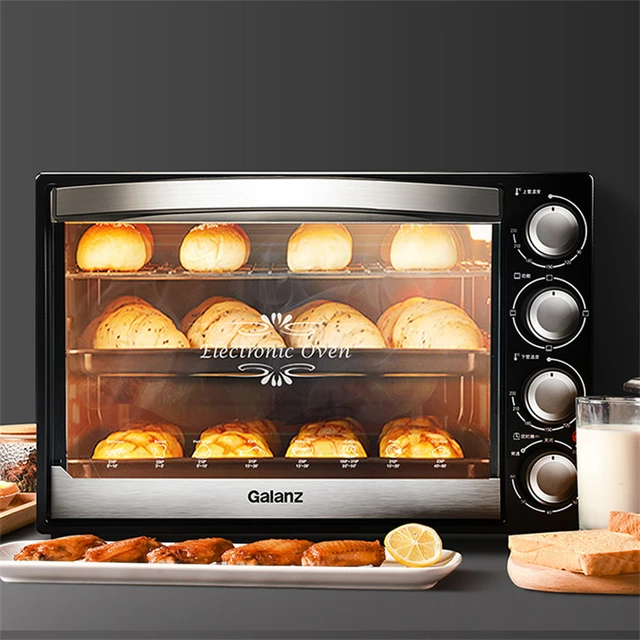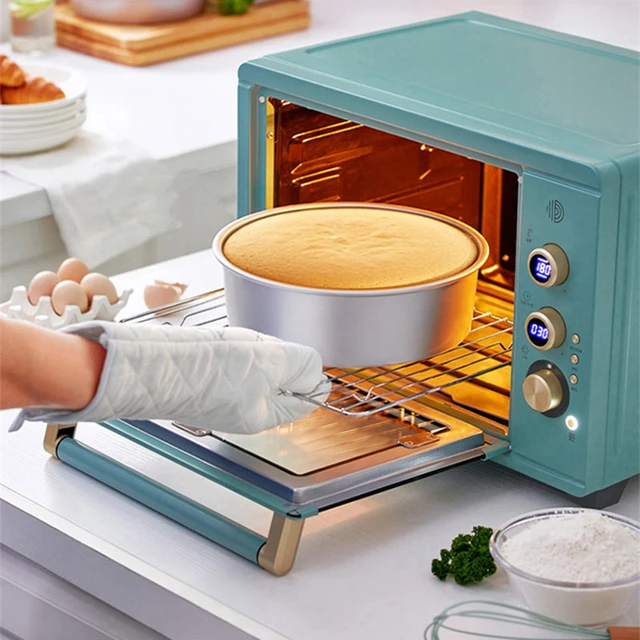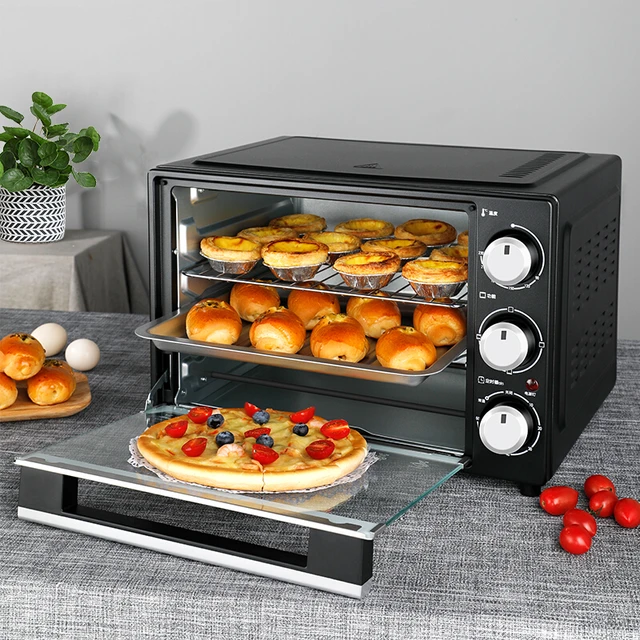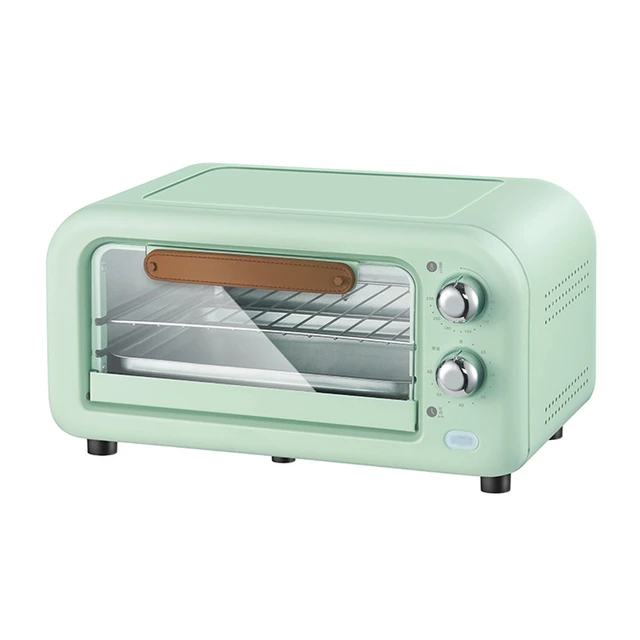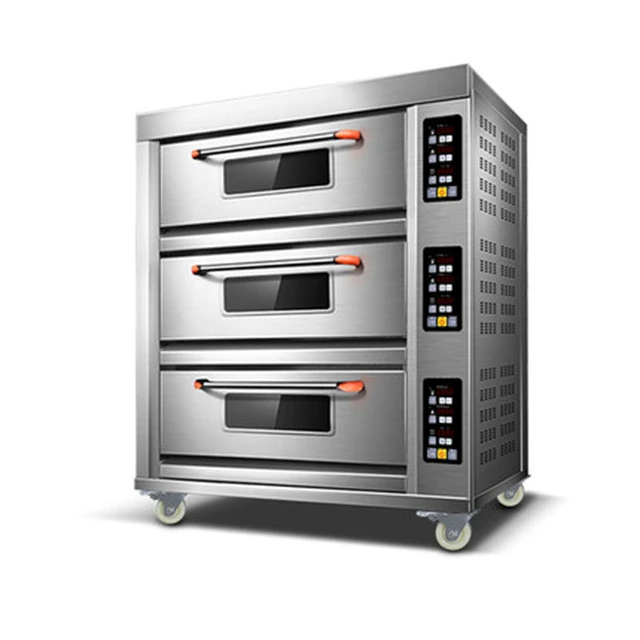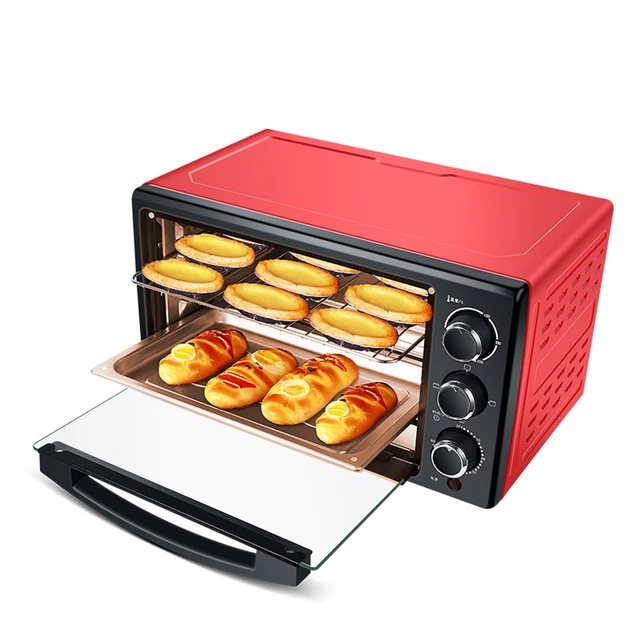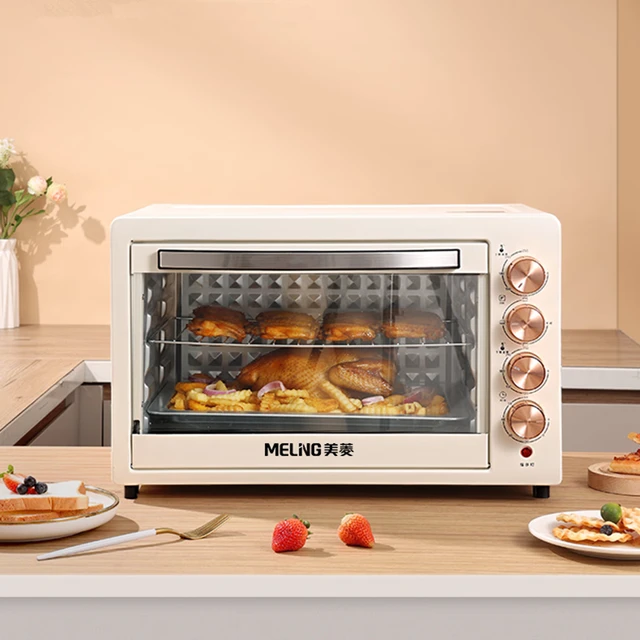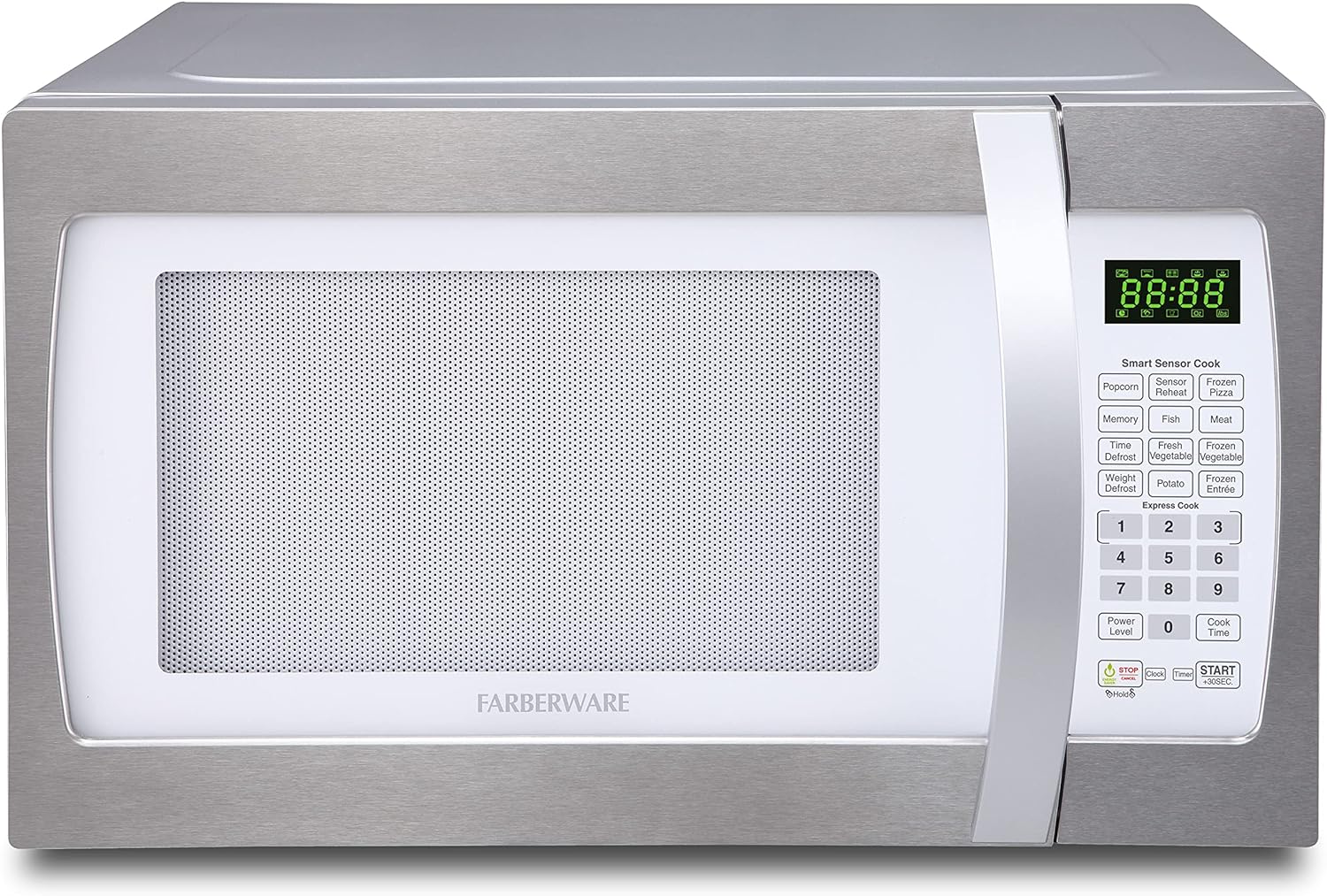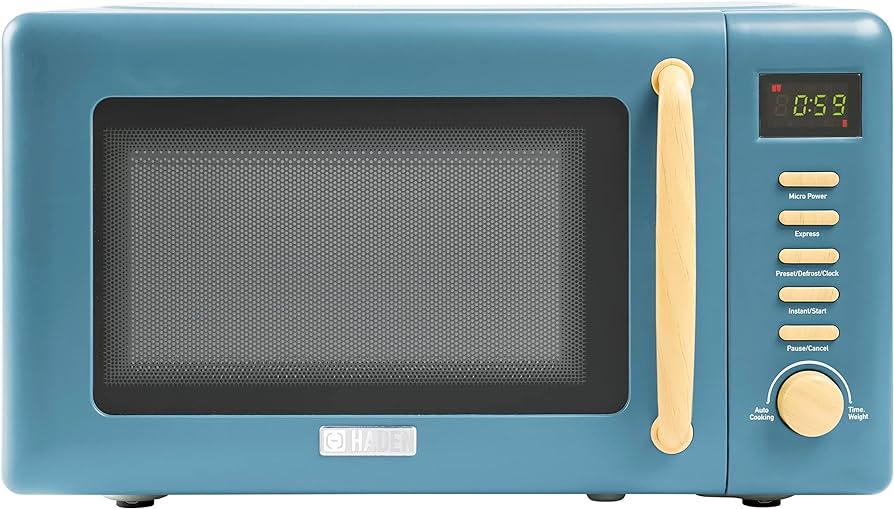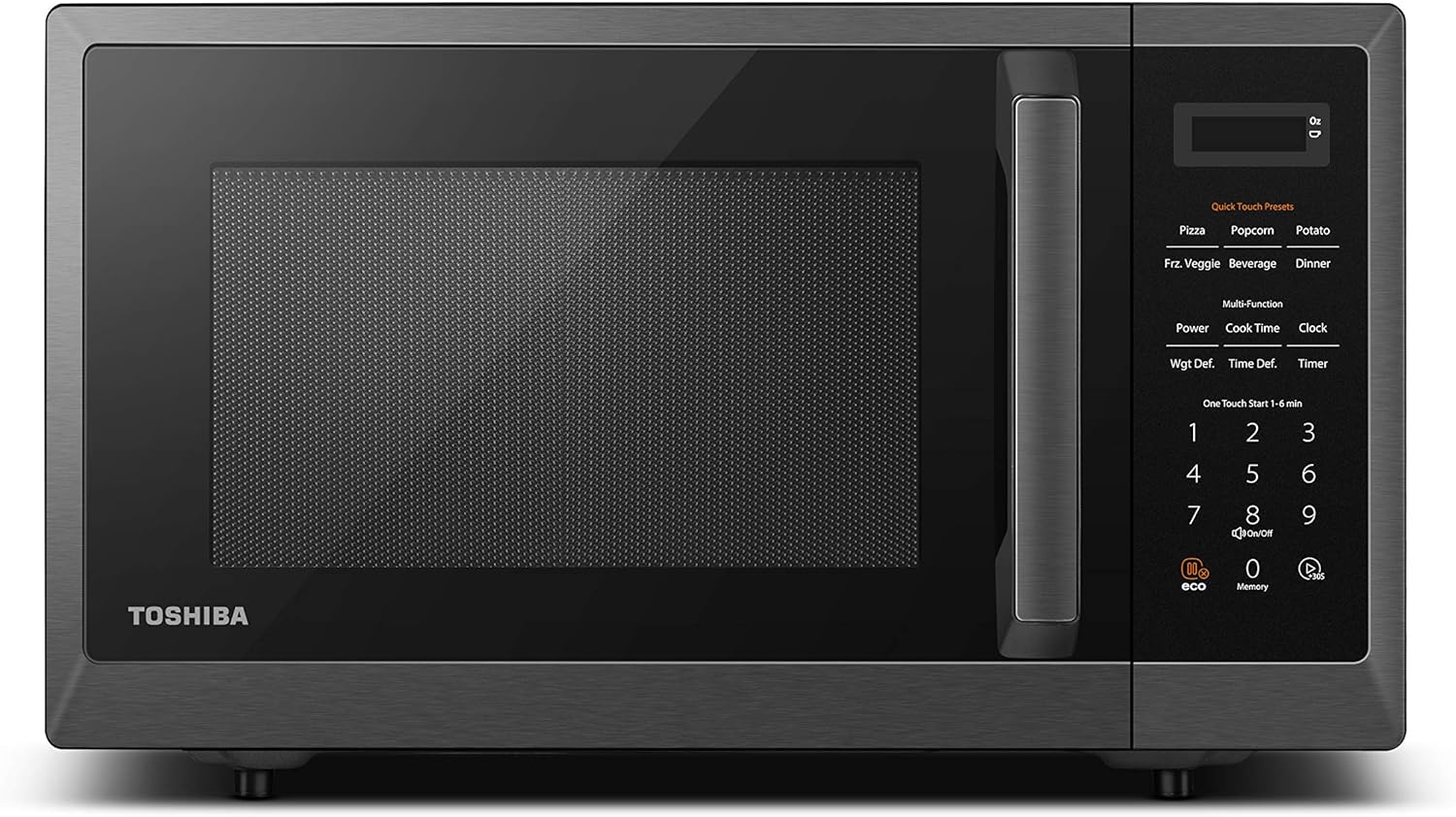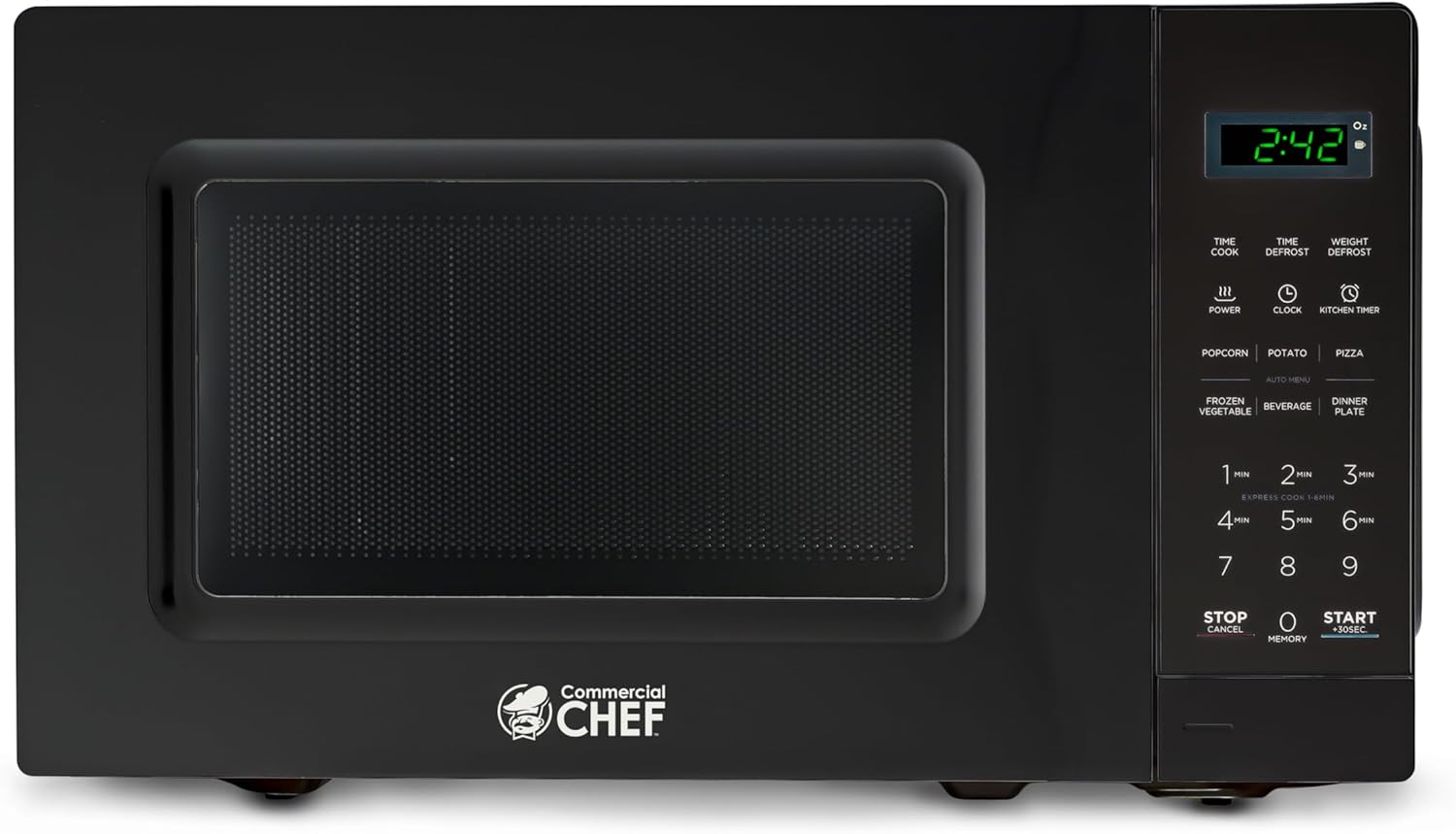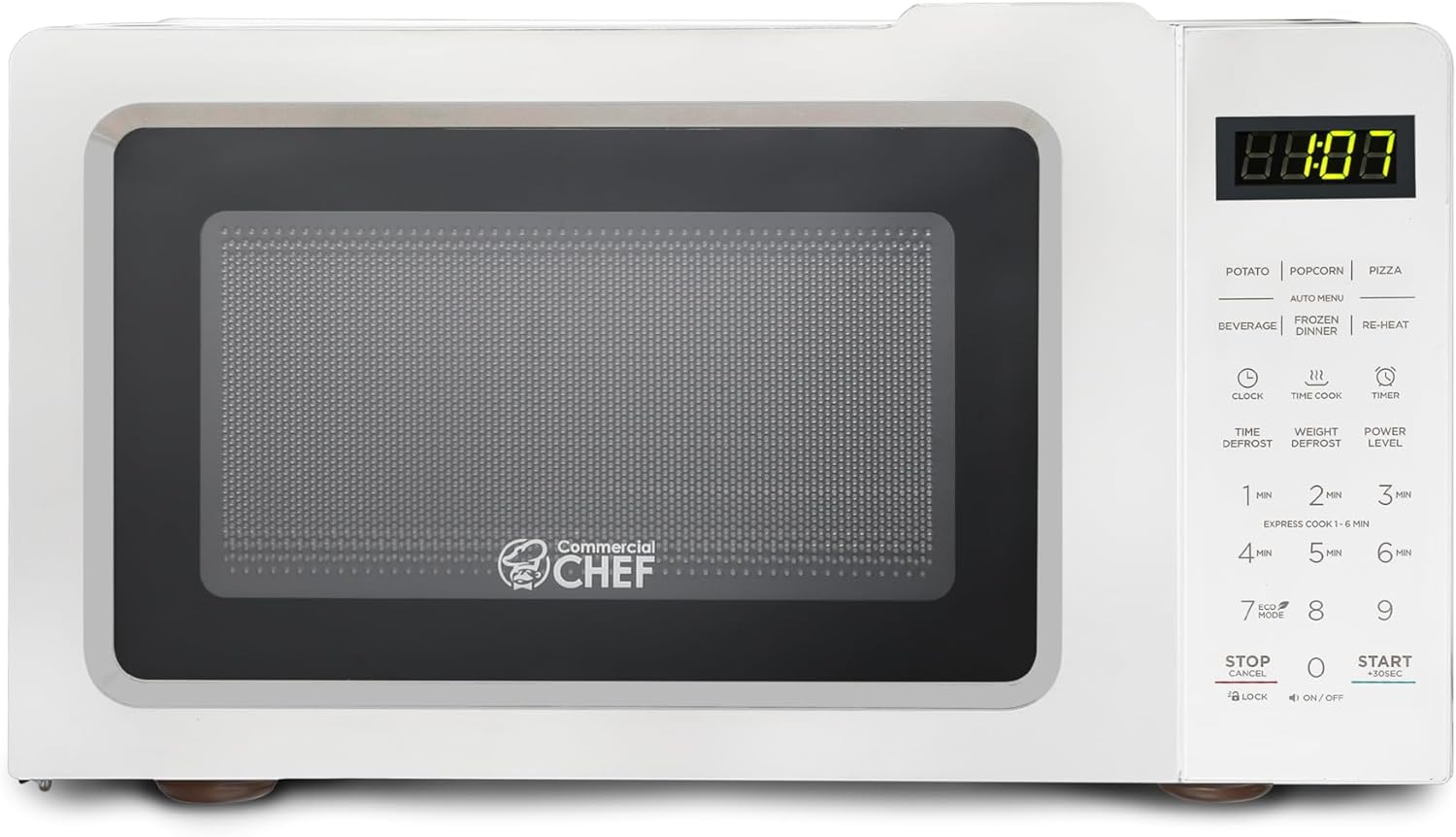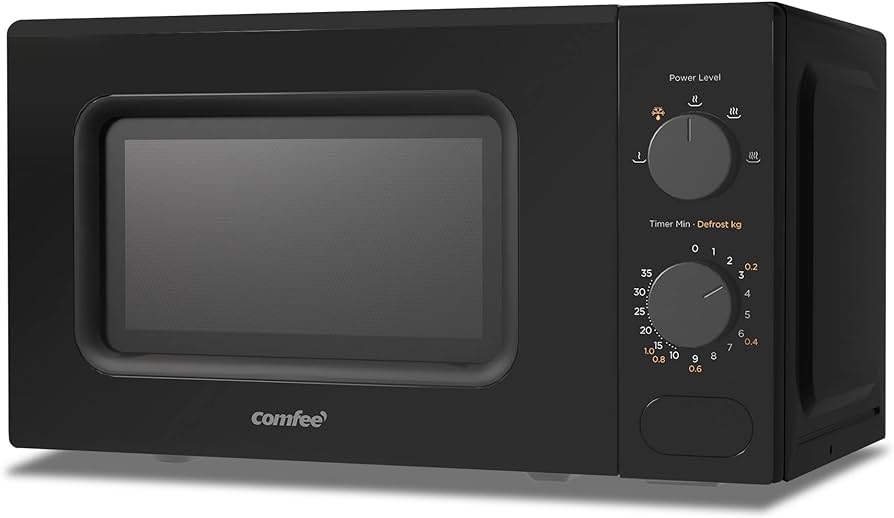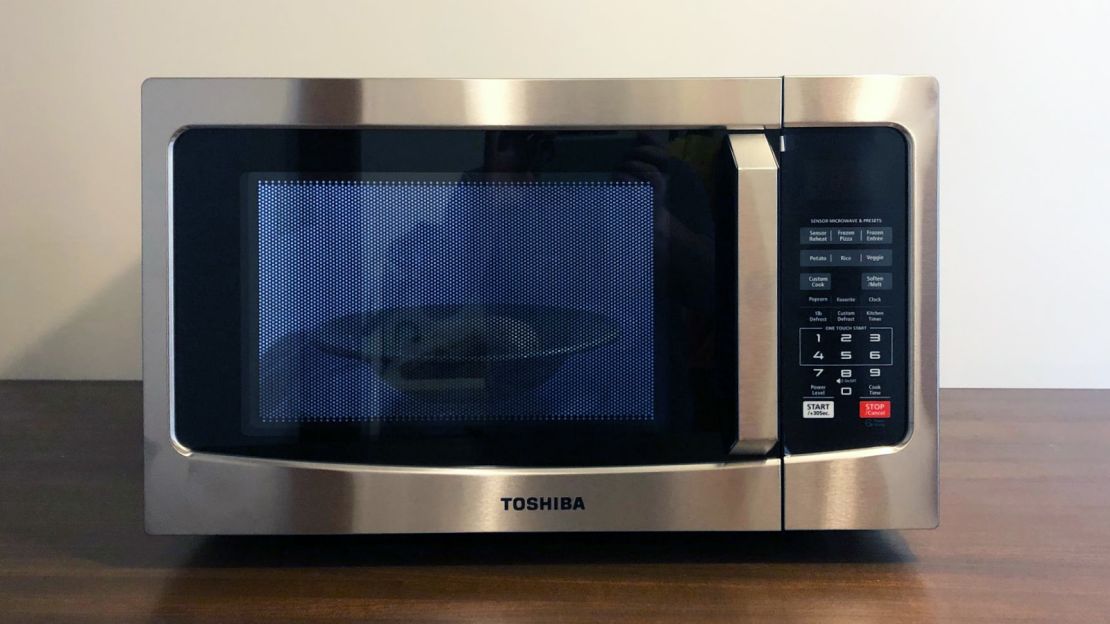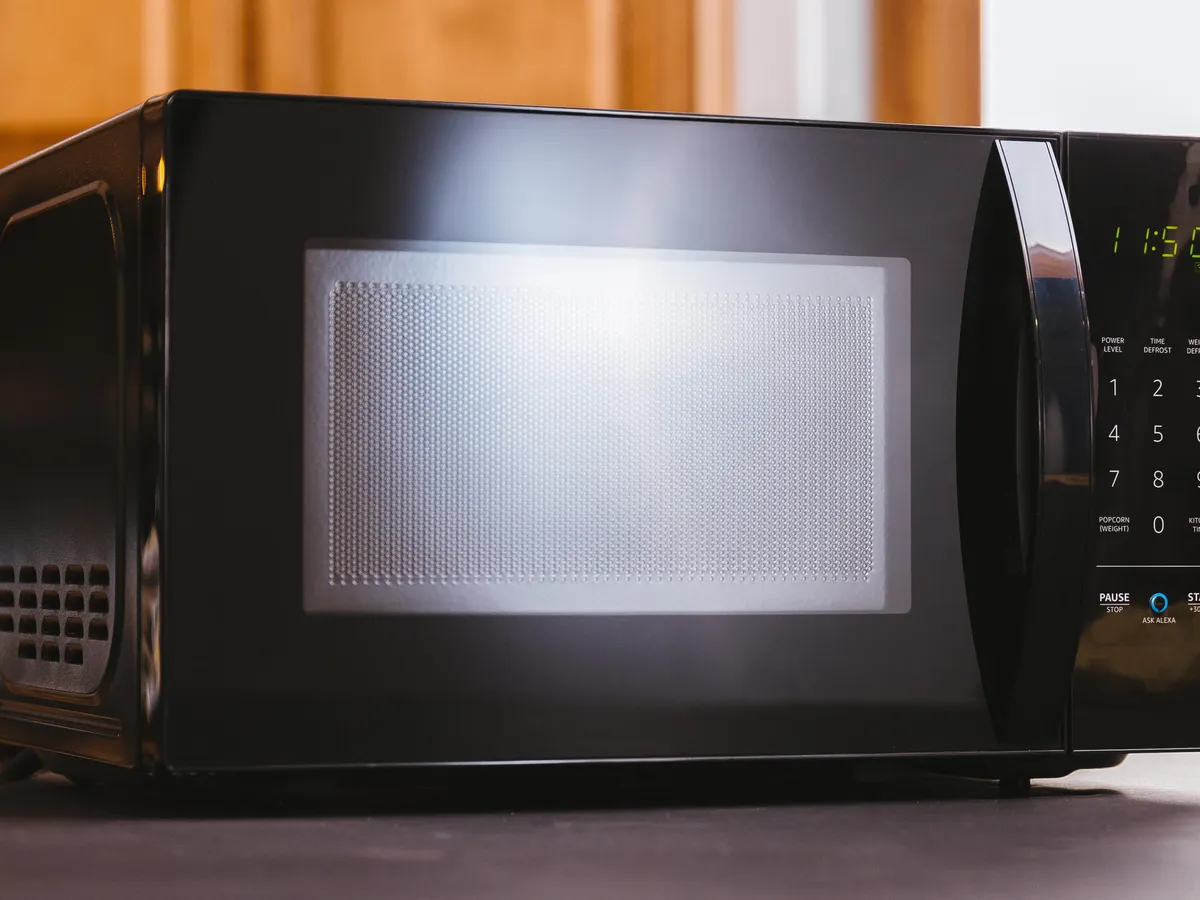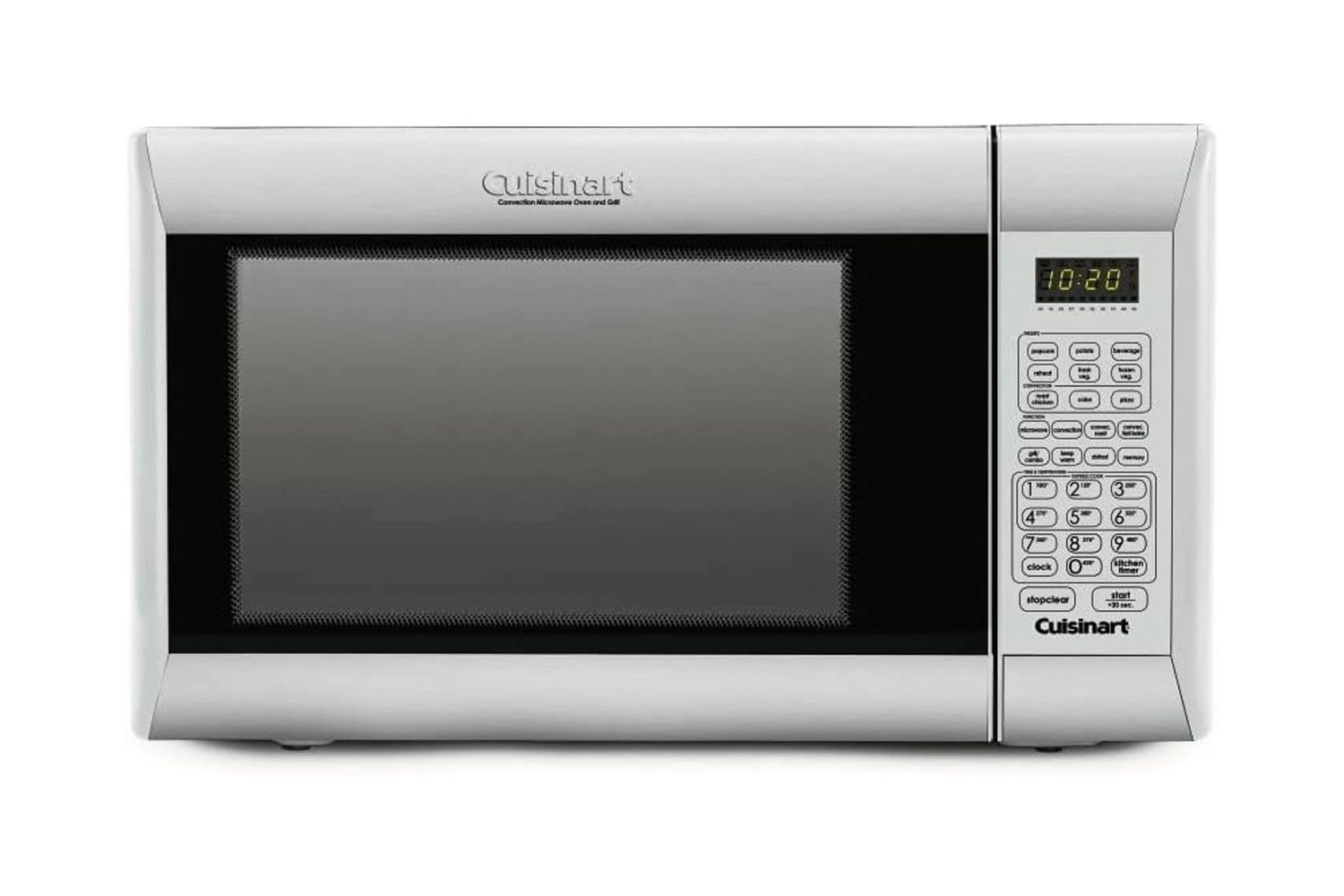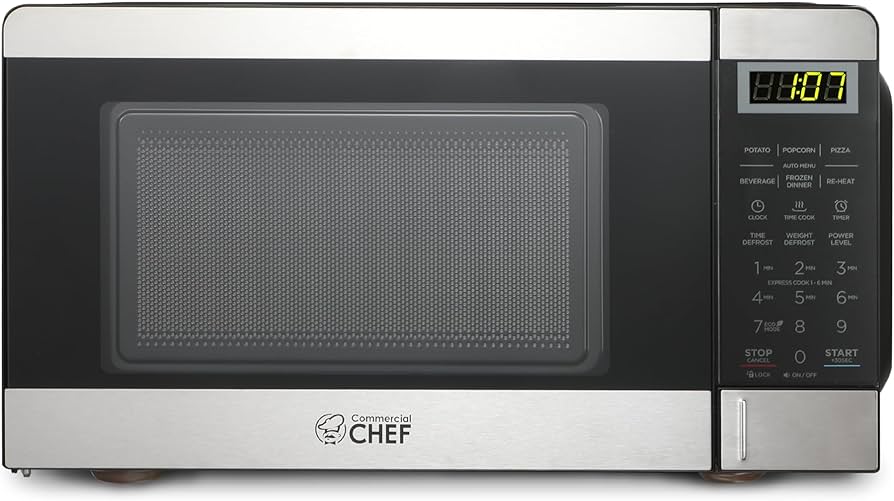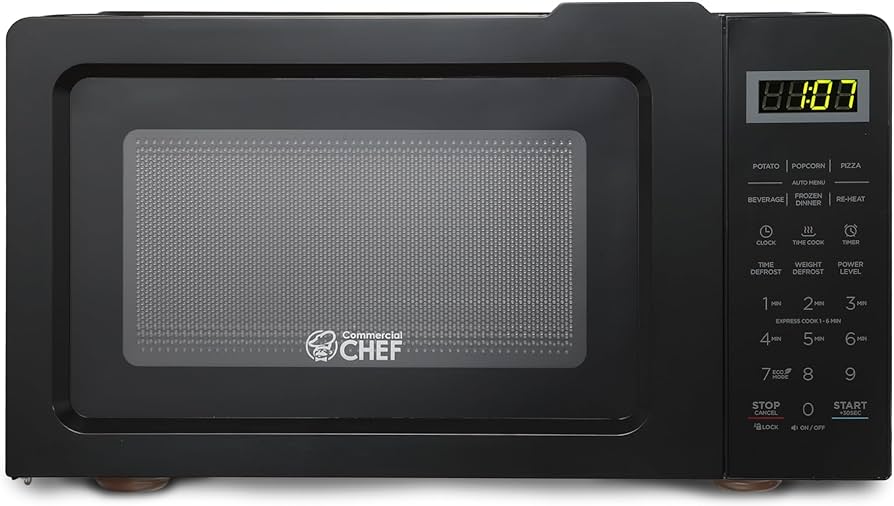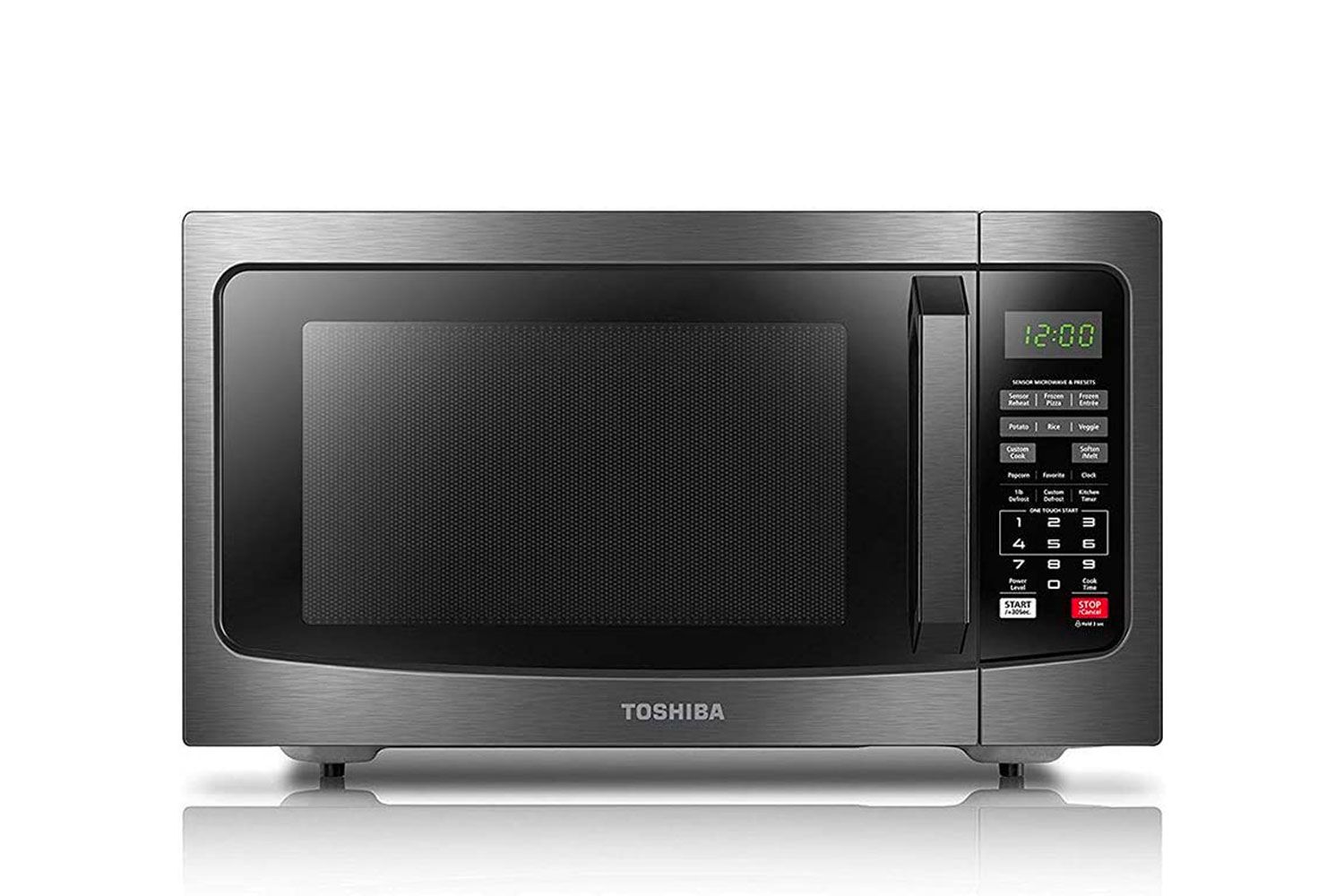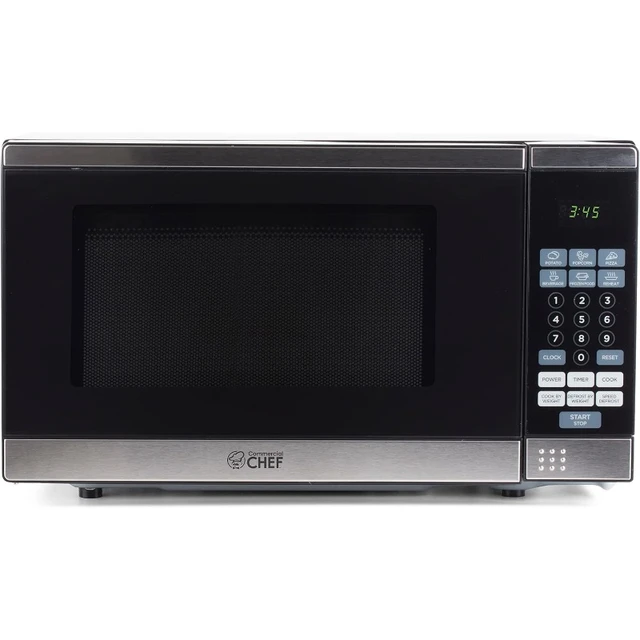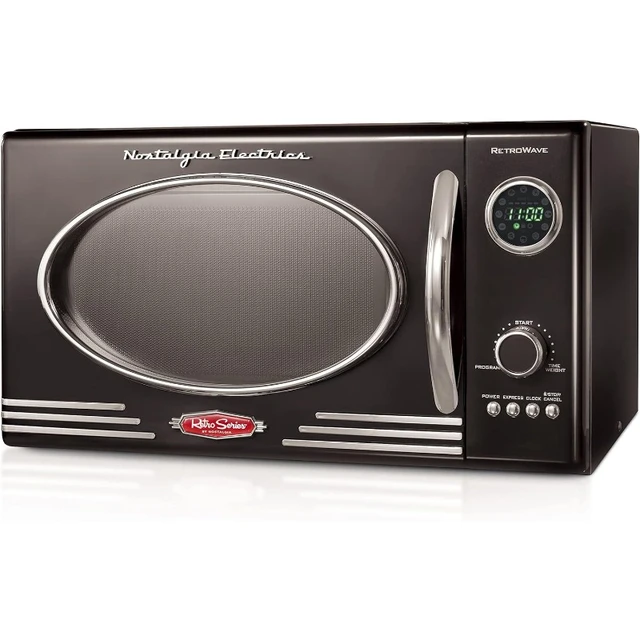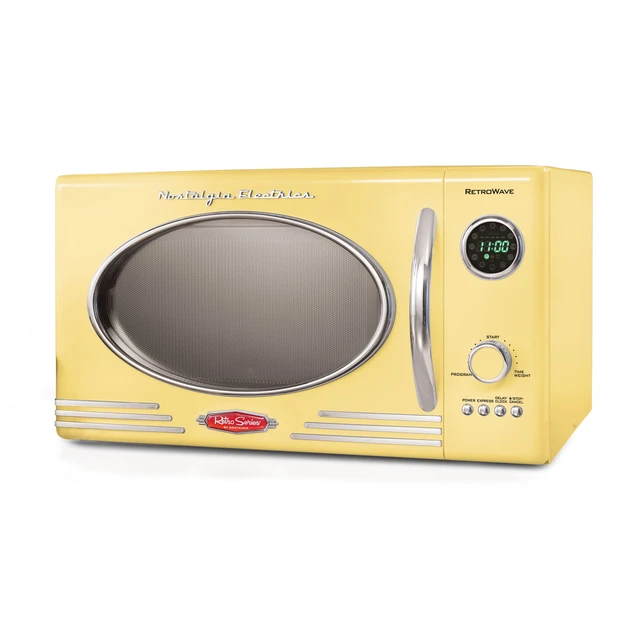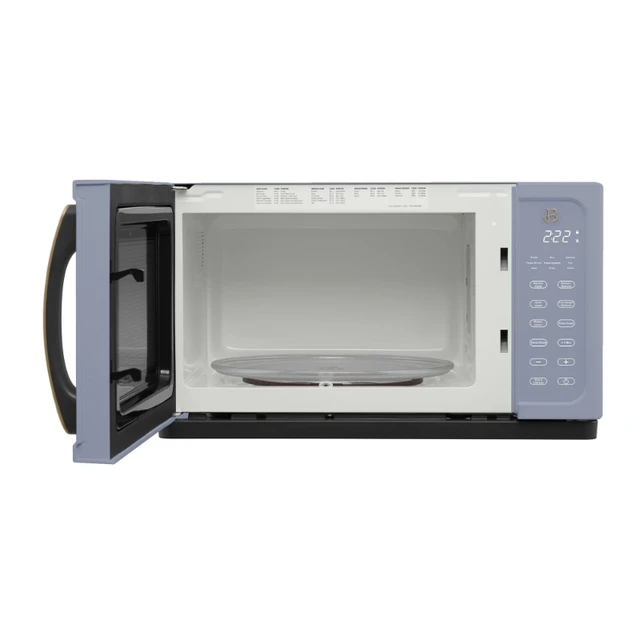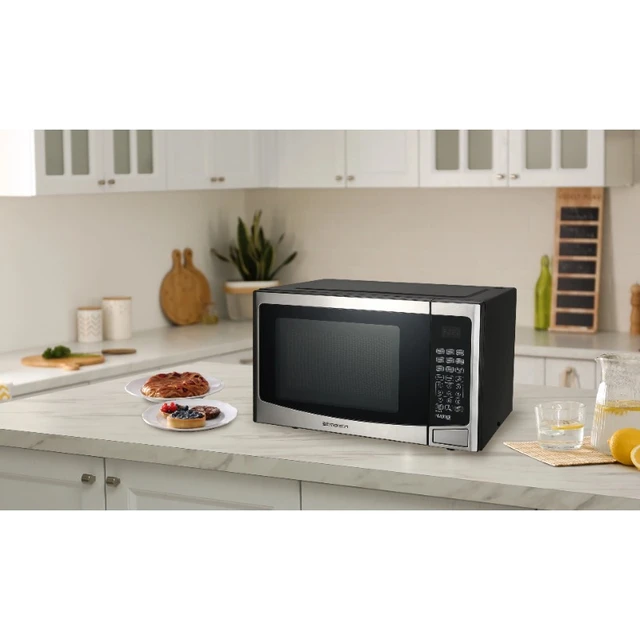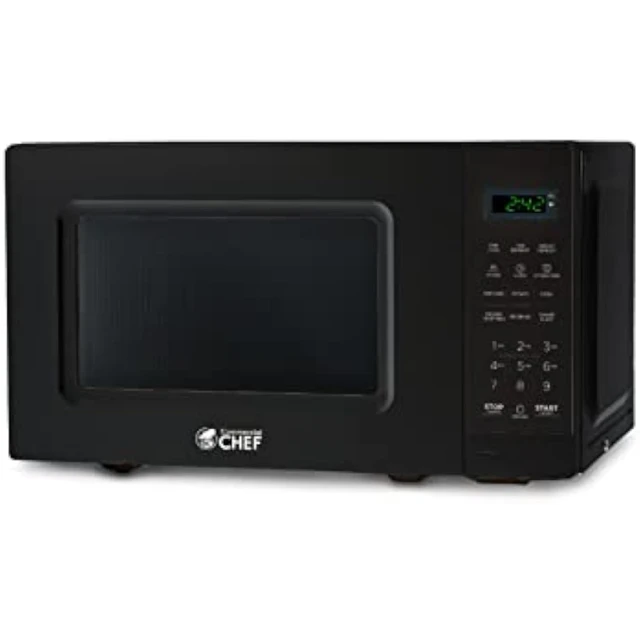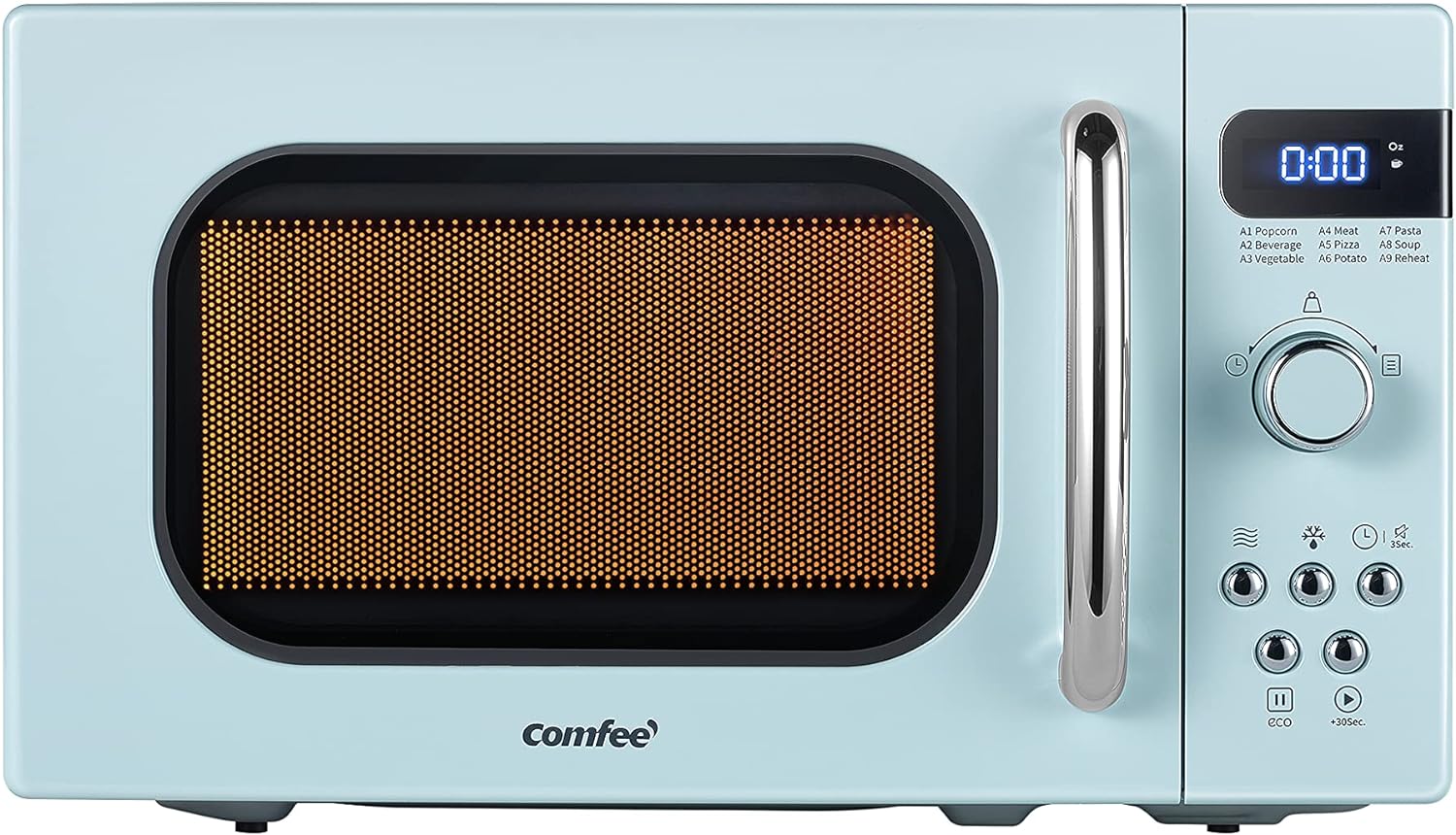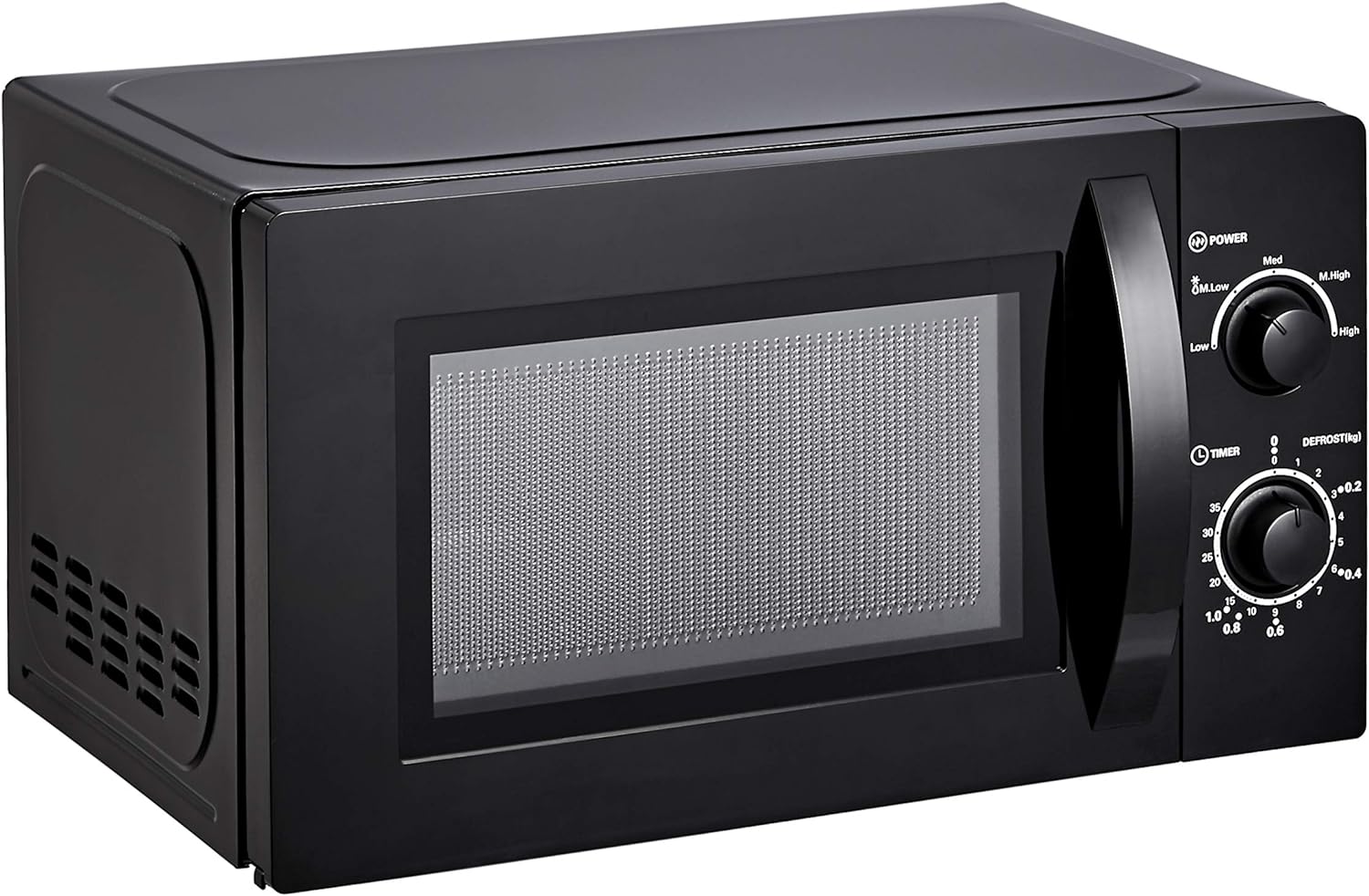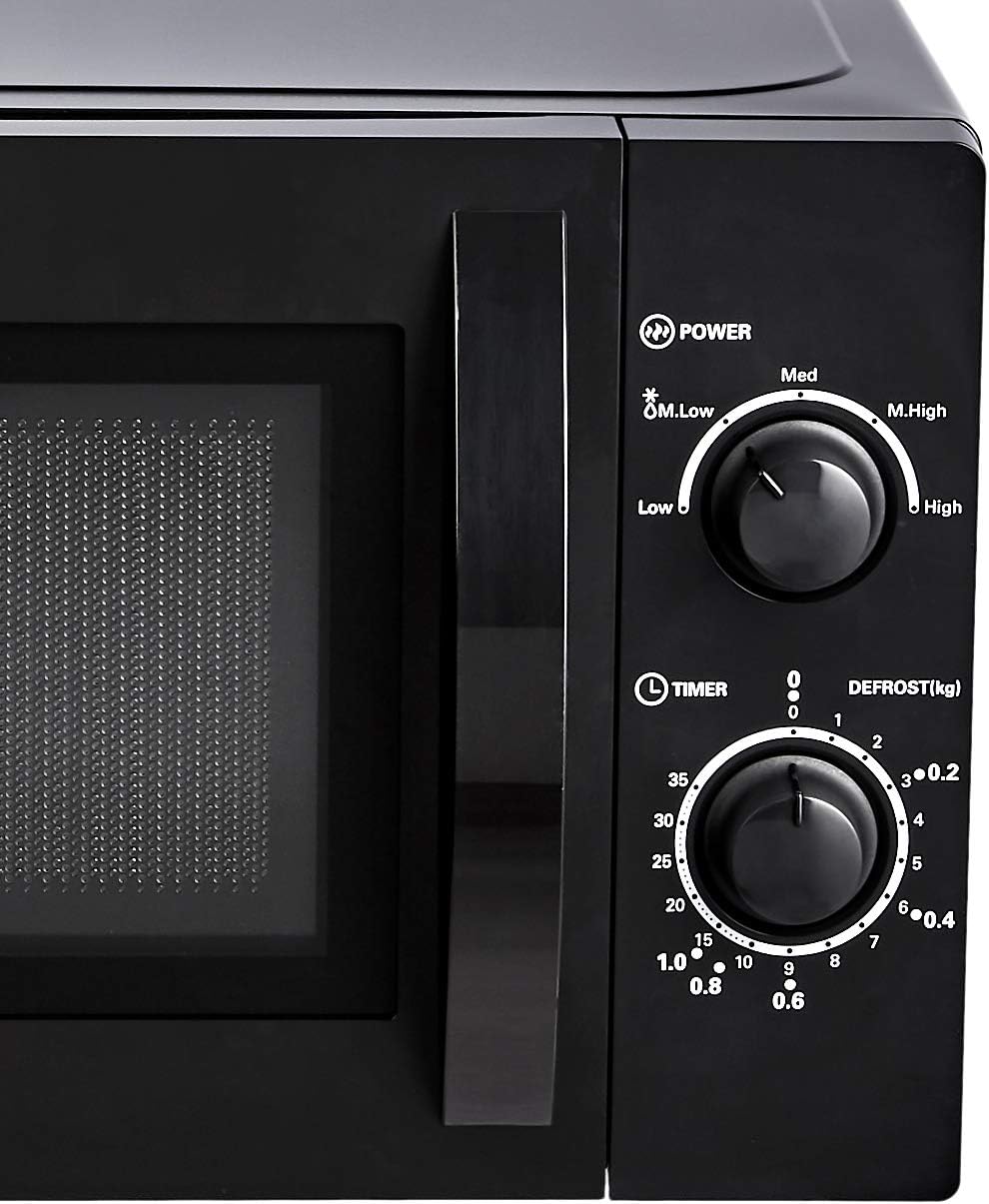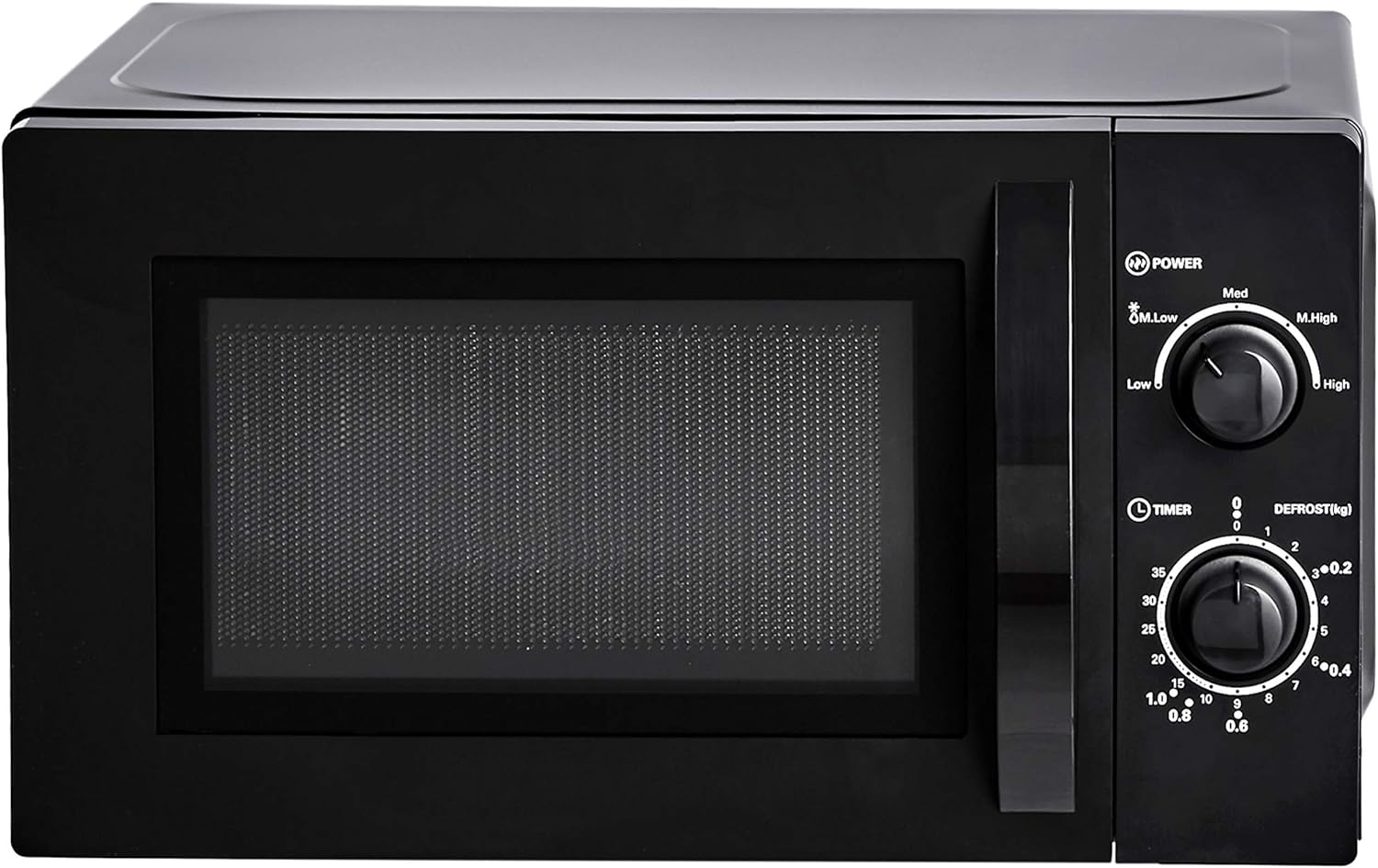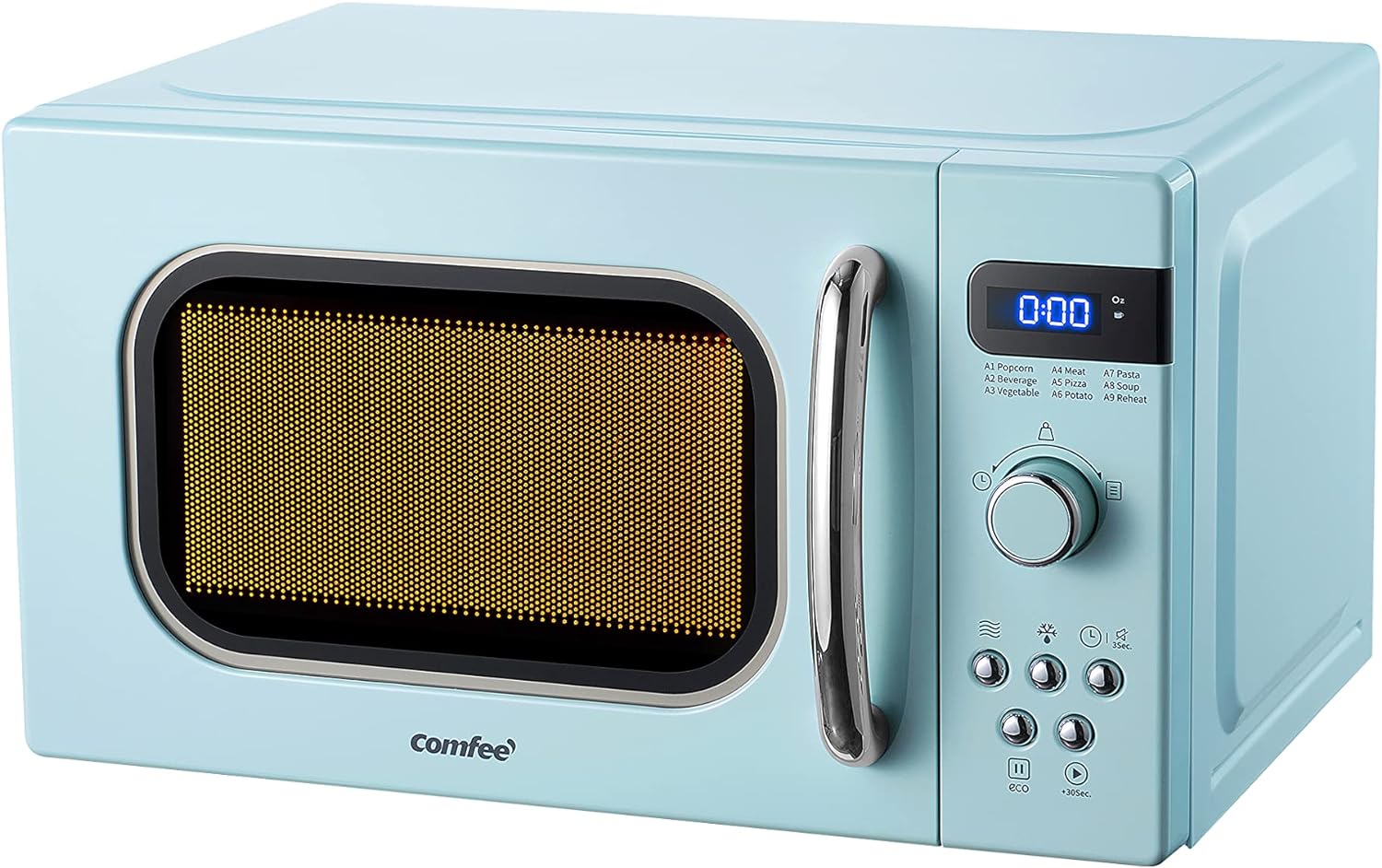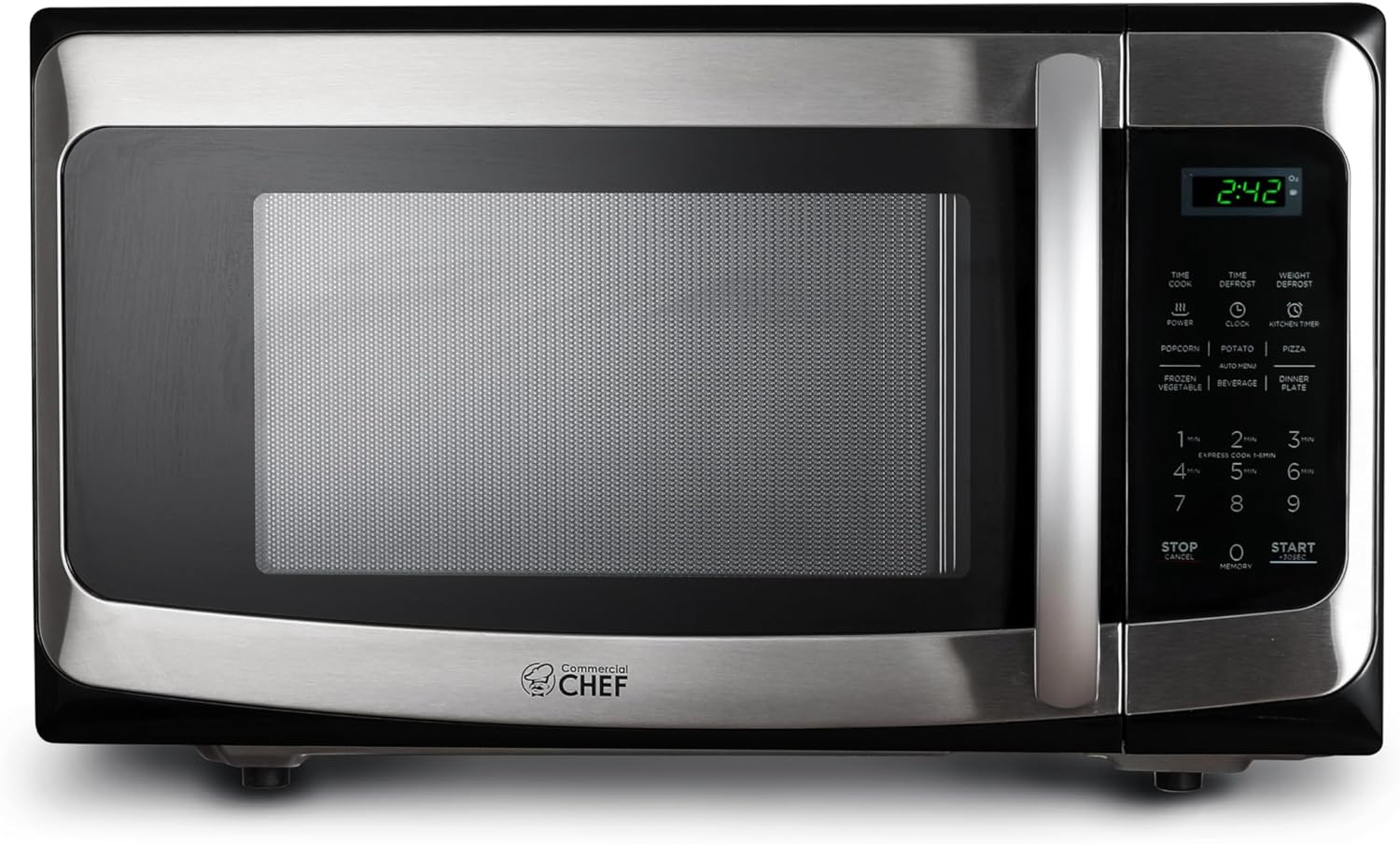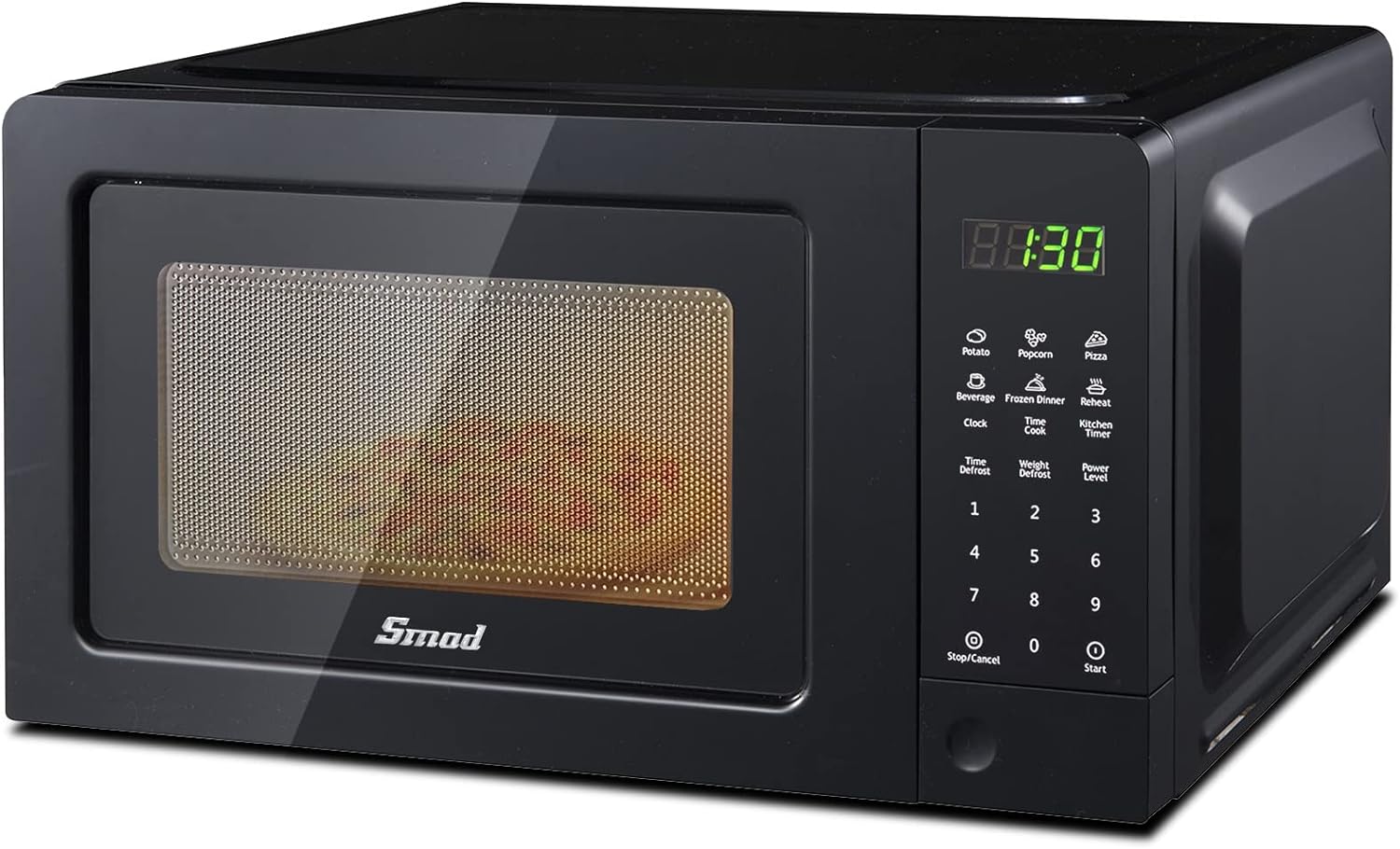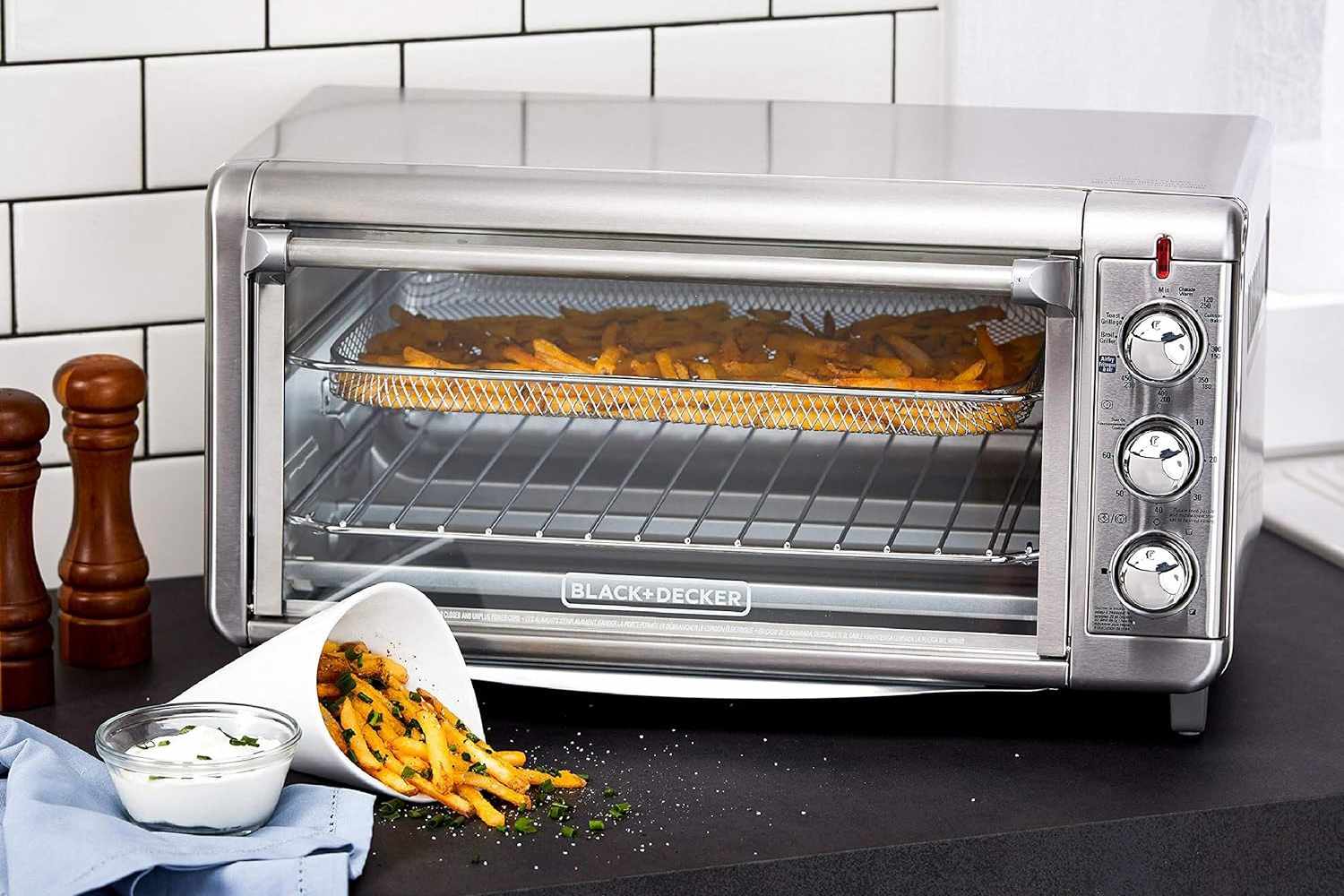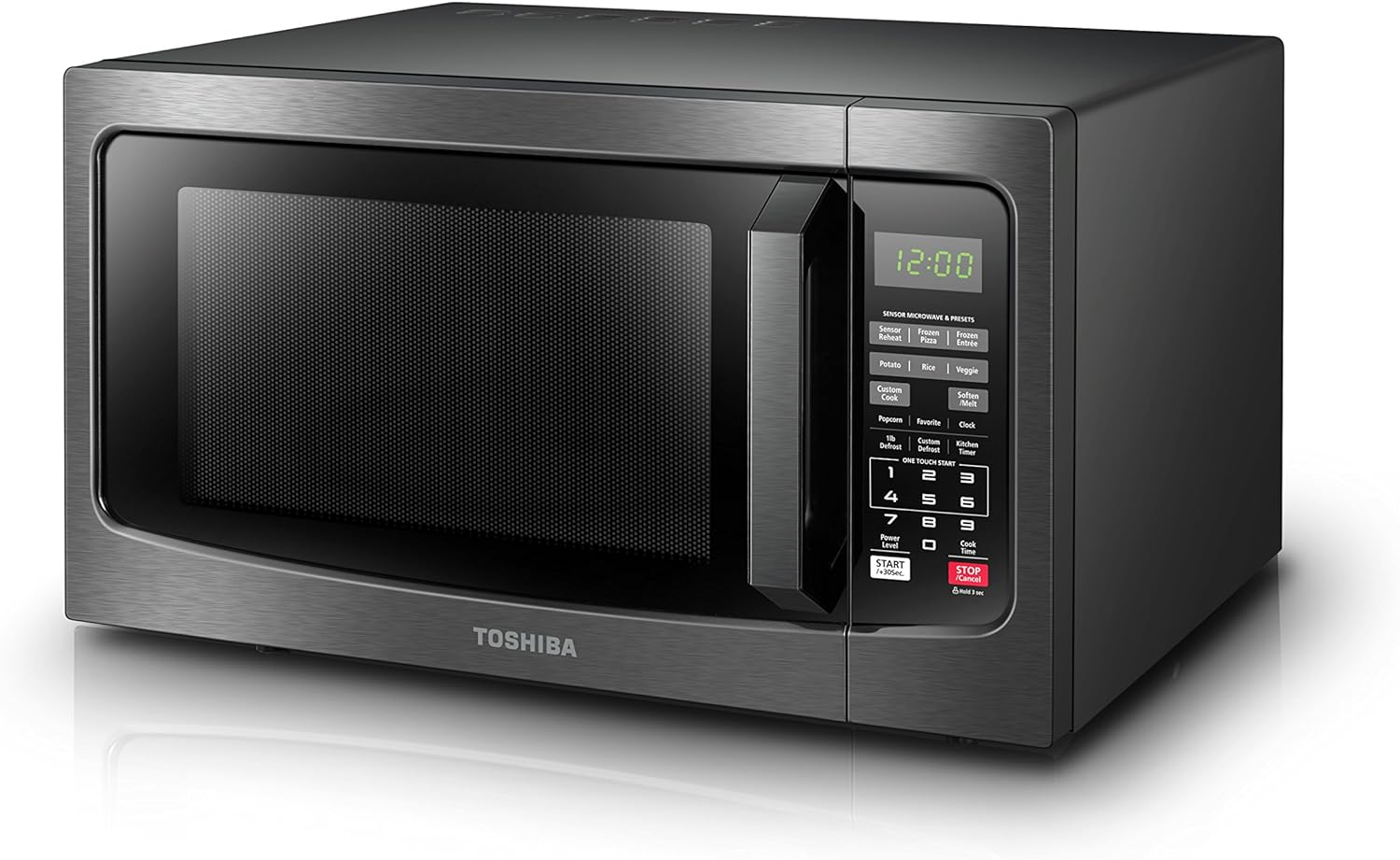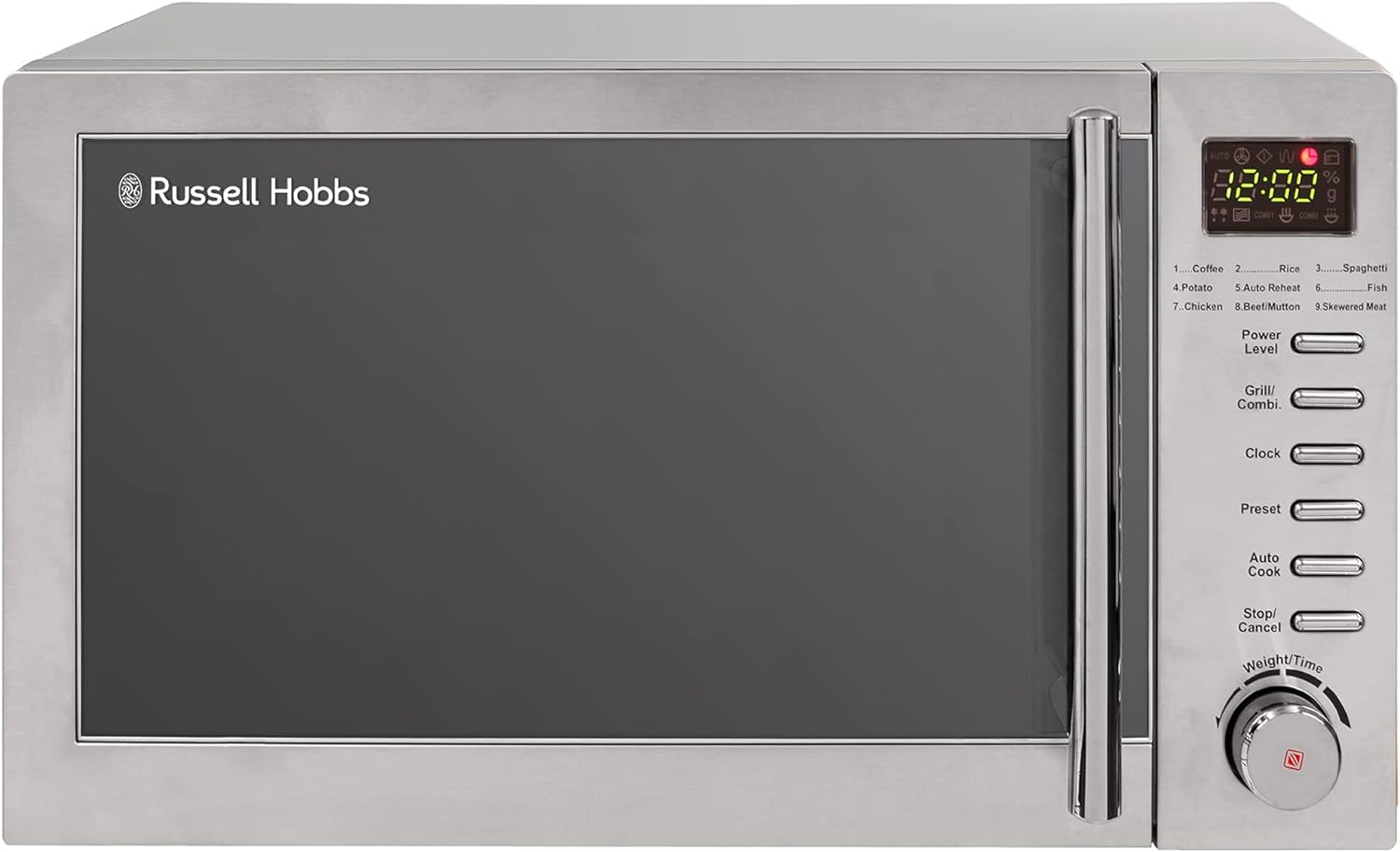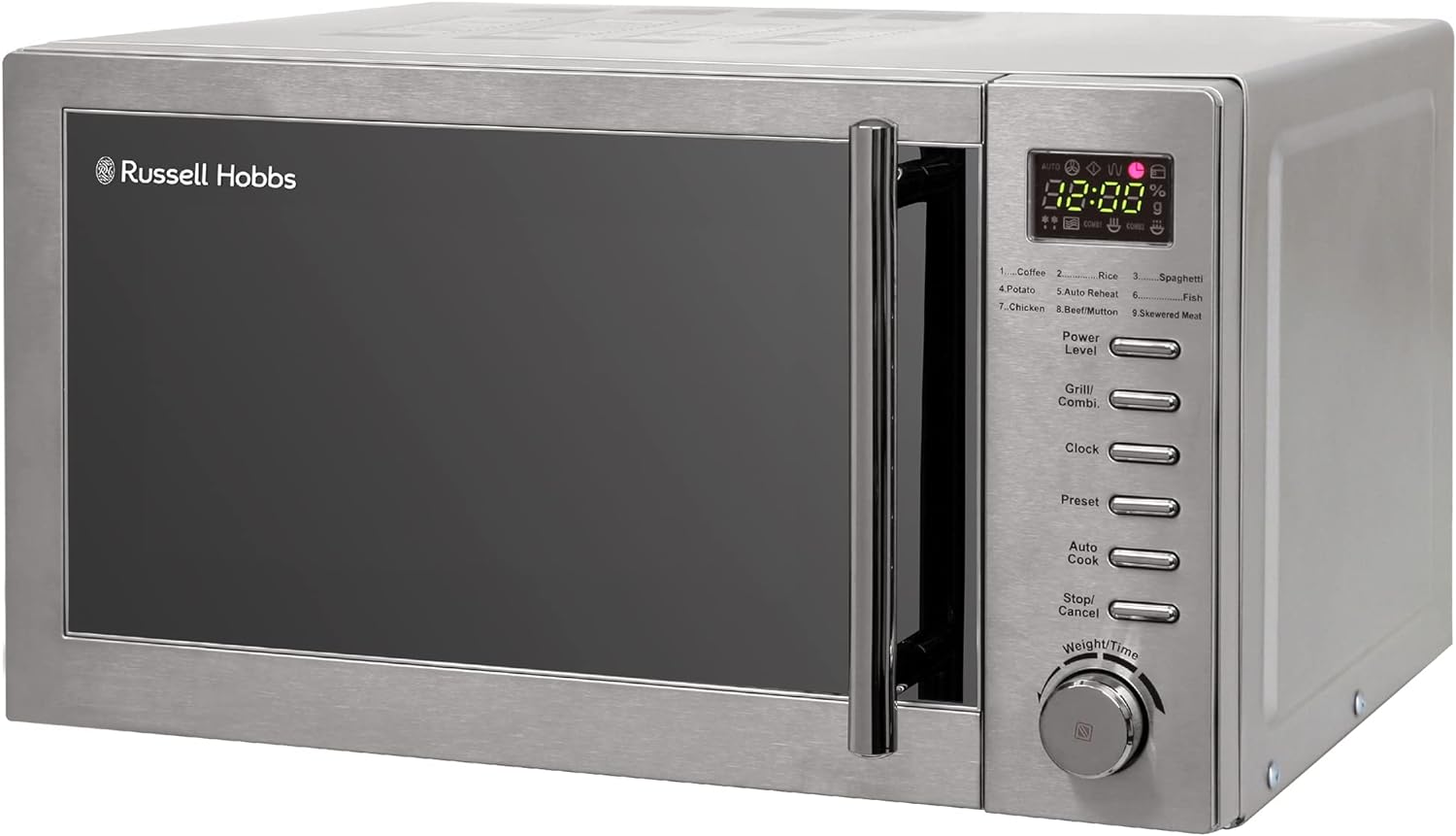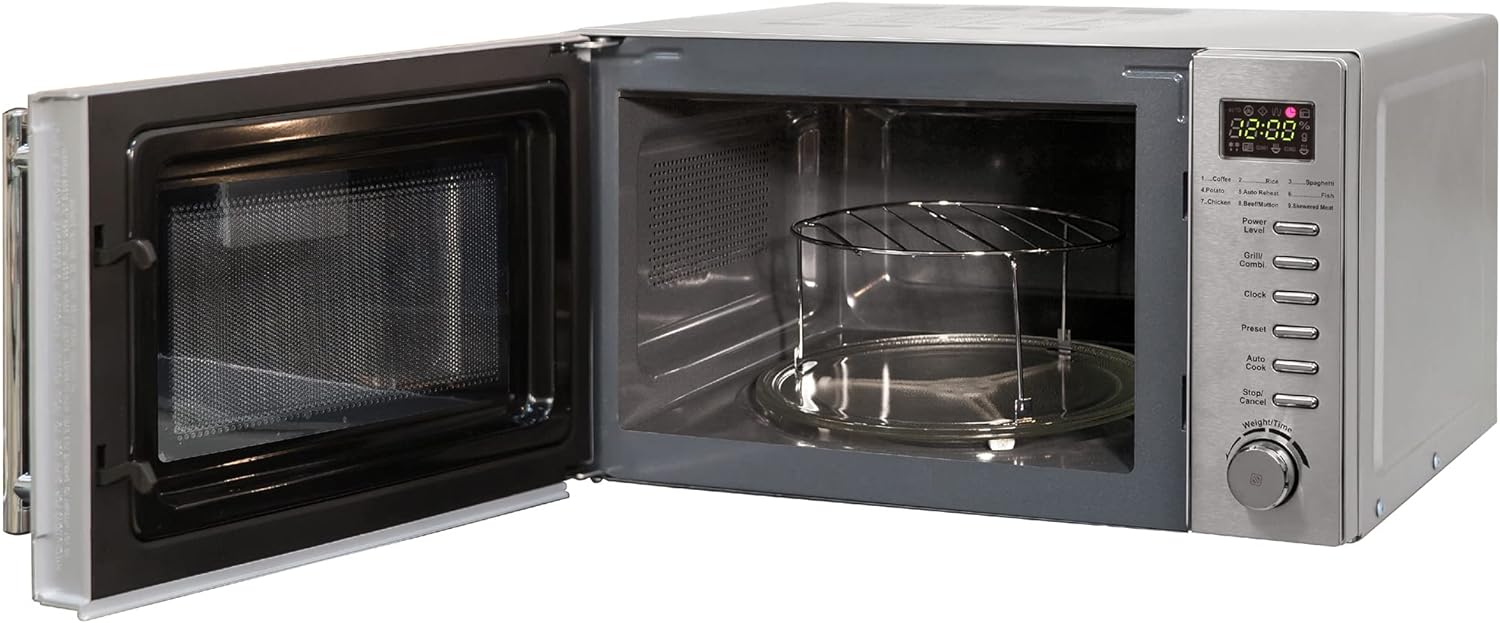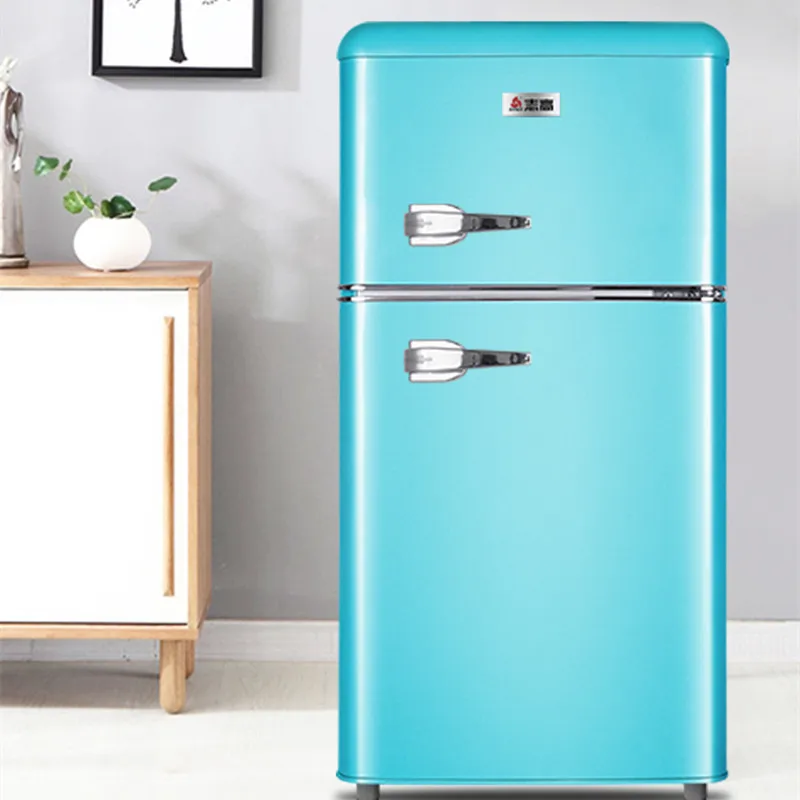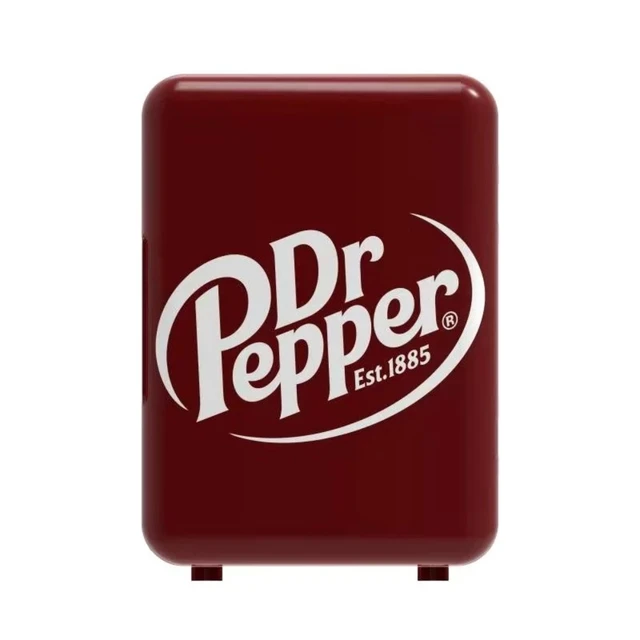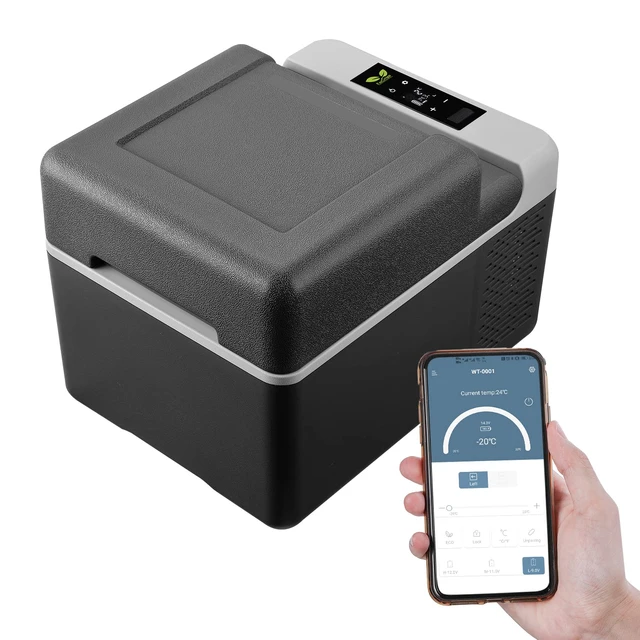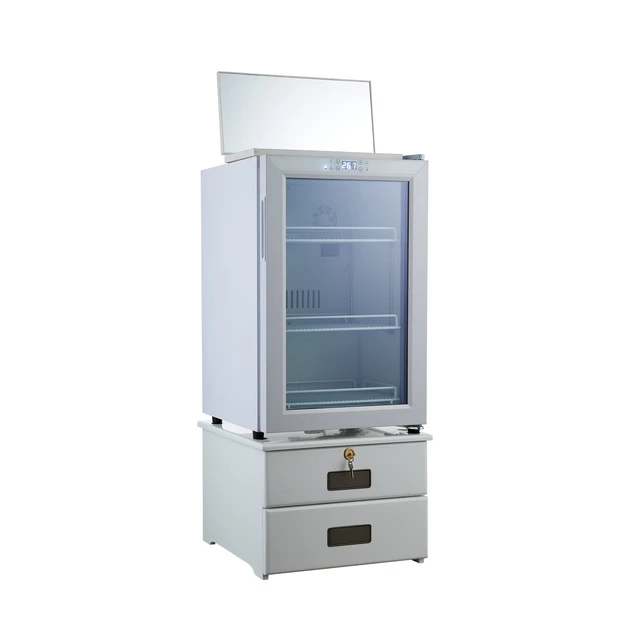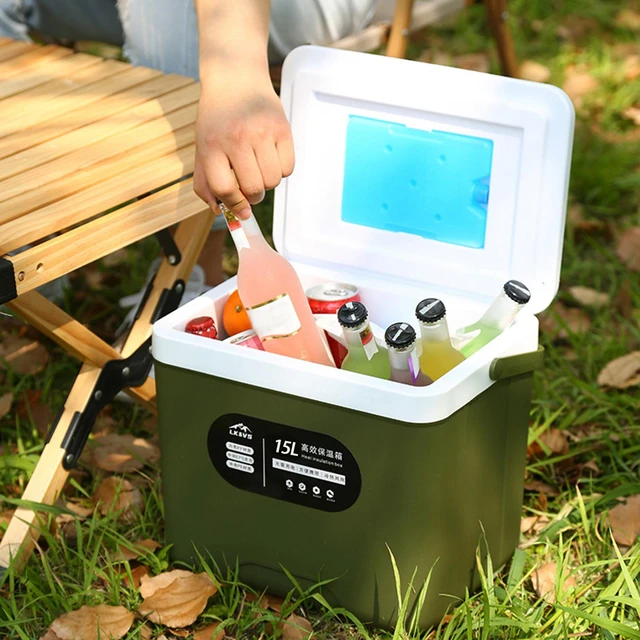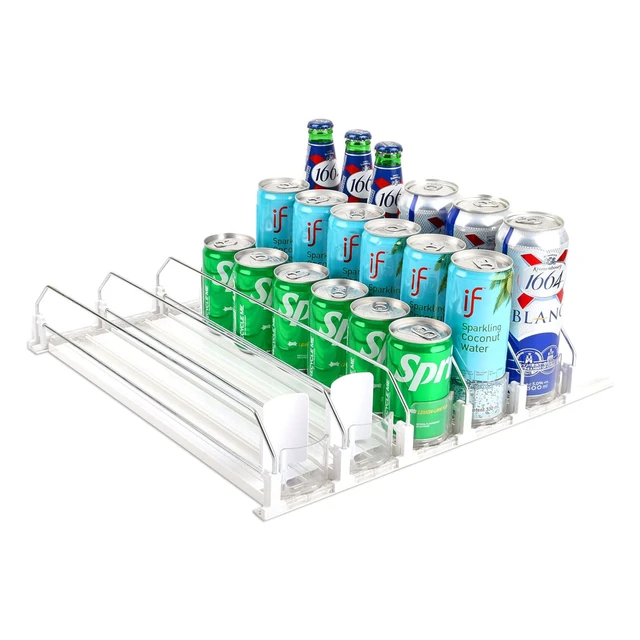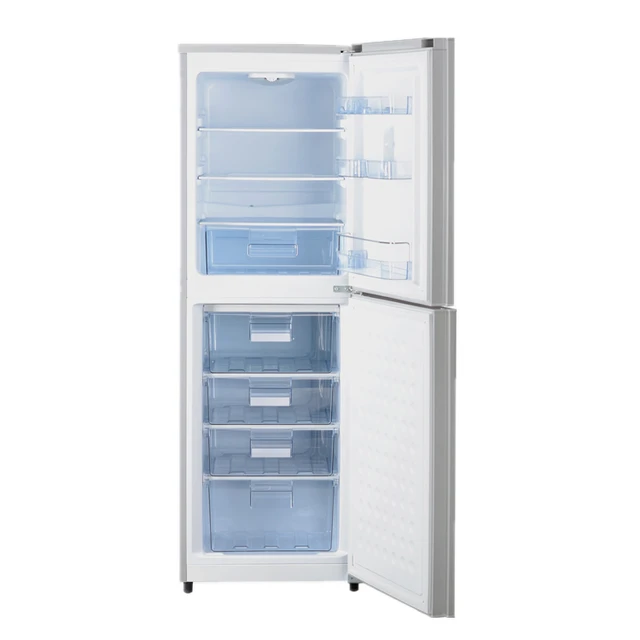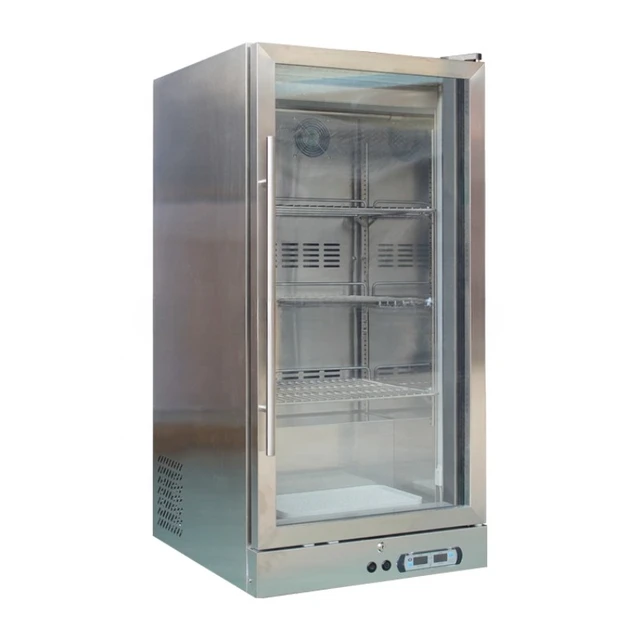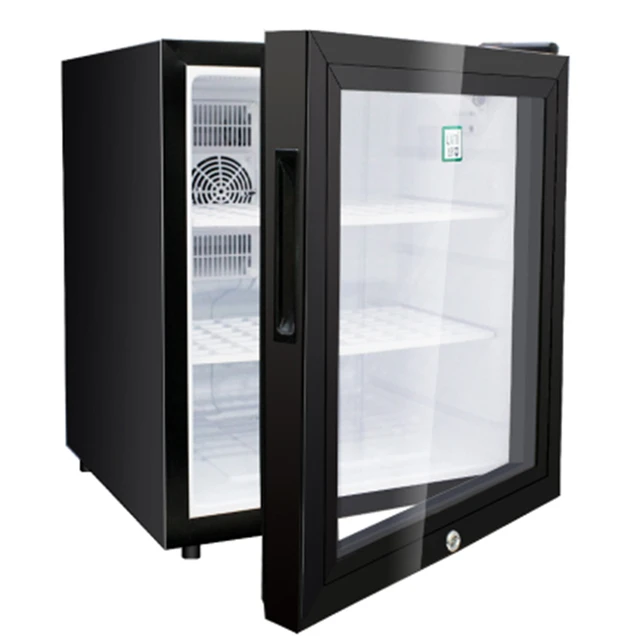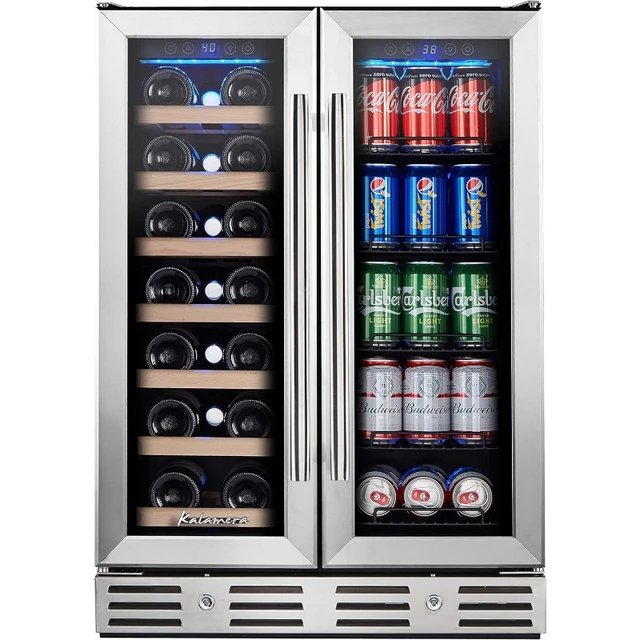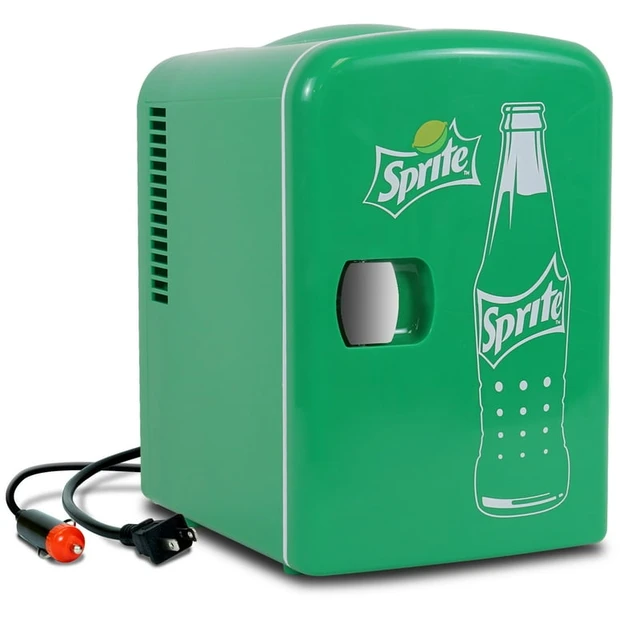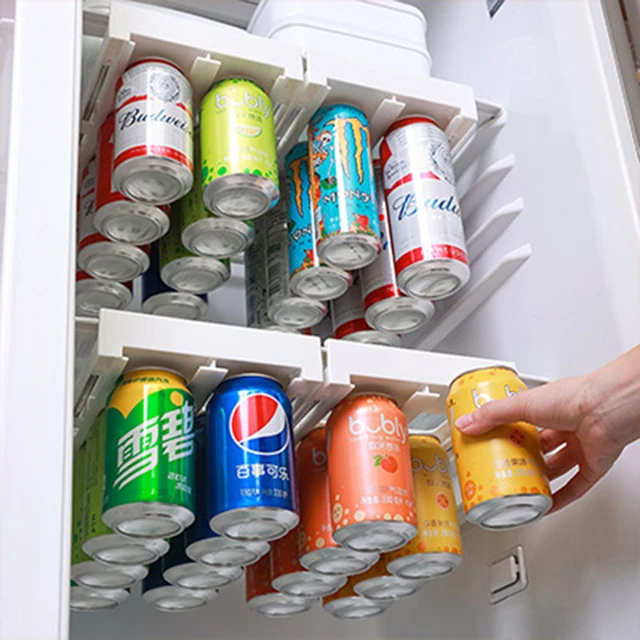Introduction:
Choosing the best oven to buy in 2023 can be an exciting yet challenging decision, as there are numerous options available on the market. The ideal oven will depend on individual needs, preferences, and budget. In this article, we will explore the factors to consider when purchasing an oven in 2023, discussing the different types of ovens, their features, energy efficiency, and pricing. By understanding these factors and considering your specific requirements, you can make an informed decision and find the best oven to meet your cooking needs.
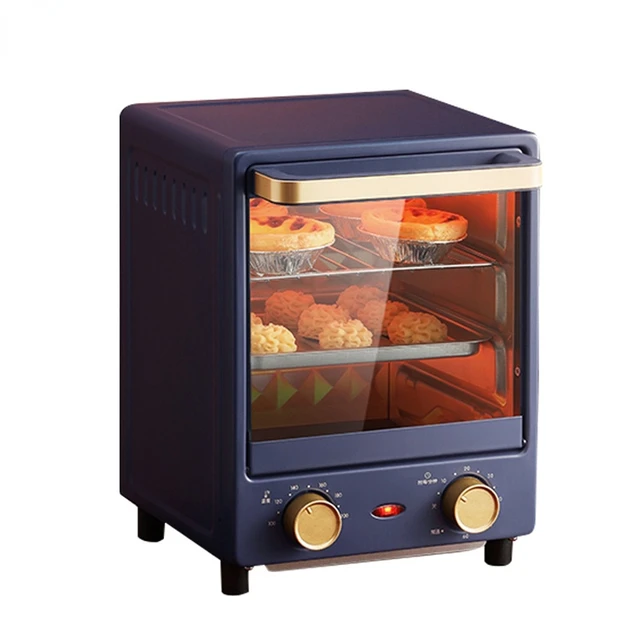
What is the best oven to buy in 2023?
Types of Ovens:
a. Conventional Ovens: Conventional ovens, also known as traditional ovens, are the most common type. They use heating elements at the top and bottom to provide heat, allowing for even cooking and baking. Conventional ovens are versatile and suitable for a wide range of cooking tasks.
b. Convection Ovens: Convection ovens, equipped with a fan and exhaust system, circulate hot air evenly throughout the oven. This results in faster and more efficient cooking, reducing cooking times and providing more consistent results. Convection ovens are particularly beneficial for baking and roasting.
c. Steam Ovens: Steam ovens use steam to cook food, preserving moisture and enhancing flavor. They are ideal for cooking vegetables, fish, and delicate dishes that require gentle and precise cooking techniques.
d. Combination Ovens: Combination ovens combine the functions of conventional, convection, and steam ovens, offering a versatile cooking experience. They allow for a range of cooking styles, from traditional baking to steam cooking and even grilling.
e. Microwave Ovens: Microwave ovens use microwaves to cook or heat food quickly. They are known for their convenience and speed, making them suitable for reheating leftovers or quickly preparing simple meals.
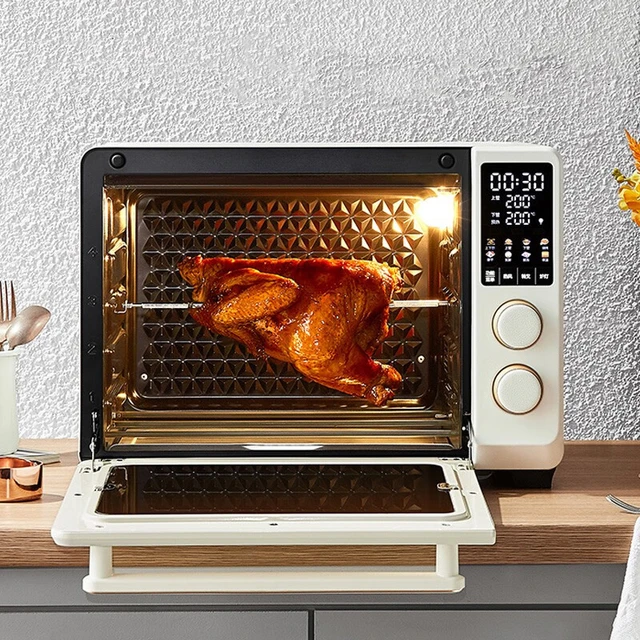
Considerations for Buying an Oven in 2023:
a. Cooking Needs: Evaluate your cooking habits and determine the type of cooking you frequently engage in. Consider whether you require a standard oven for baking and roasting, a convection oven for faster and more even cooking, or a combination oven for versatile cooking options.
b. Space and Installation: Assess the available space in your kitchen and consider the size and dimensions of the oven you plan to purchase. Ensure it fits seamlessly into your kitchen layout and consider installation requirements, such as electrical or gas connections.
c. Energy Efficiency: Look for ovens with high energy efficiency ratings, as they can help reduce energy consumption and lower utility bills. Consider ovens with features such as self-cleaning options, improved insulation, and efficient heating elements to maximize energy efficiency.
d. Features and Technology: Explore the features and technology offered by different oven models. These may include touchscreens, programmable settings, smart connectivity, pre-set cooking modes, and safety features such as child locks and automatic shut-off.
e. Ease of Use and Cleaning: Consider the user-friendliness of the oven’s controls and interface. Look for features that simplify cooking processes and make cleaning easier, such as removable racks, self-cleaning options, and easy-to-clean surfaces.
f. Budget: Determine your budget and consider the range of options available within that budget. Compare prices, features, and warranties to ensure you get the best value for your money.
Top Oven Brands in 2023:
a. Bosch: Bosch is known for its high-quality and technologically advanced appliances. Their ovens offer a range of features, including convection cooking, self-cleaning options, and intuitive controls.
b. KitchenAid: KitchenAid offers a variety of ovens designed for both home cooks and professional chefs. Their ovens are known for their durability, performance, and stylish designs.
c. Samsung: Samsung is a well-known brand that offers a diverse range of ovens, including convection and combination ovens. They incorporate innovative features, such as smart connectivity and touchscreens, in their oven designs.
d. LG: LG is recognized for its cutting-edge technology and energy-efficient appliances. Their ovens feature advanced cooking modes, convection capabilities, and sleek designs.
e. GE Appliances: GE Appliances offers a wide range of ovens, from conventional to convection and combination ovens. They are known for their reliability, performance, and user-friendly features.

Emerging Trends in Ovens:
a. Smart Connectivity: Smart ovens are becoming increasingly popular, allowing users to control and monitor their ovens remotely through smartphone apps. This feature offers convenience and flexibility in managing cooking times and settings.
b. Voice Control: Some ovens now feature voice control capabilities, allowing users to operate the oven using voice commands. This hands-free functionality enhances the ease of use and accessibility of the oven.
c. Improved Energy Efficiency: Energy-efficient ovens continue to be a trend in 2023. Look for ovens with features such as improved insulation, LED lighting, and precise temperature control to maximize energy efficiency.
d. Enhanced Cooking Modes: Many ovens now offer pre-set cooking modes for specific dishes and cooking techniques. These modes simplify the cooking process by automatically adjusting temperature, time, and cooking settings for optimal results.
e. Self-Cleaning Options: Self-cleaning options, such as pyrolytic or steam cleaning, are increasingly common in ovens. These features simplify the cleaning process by reducing the need for manual scrubbing and harsh cleaning chemicals.
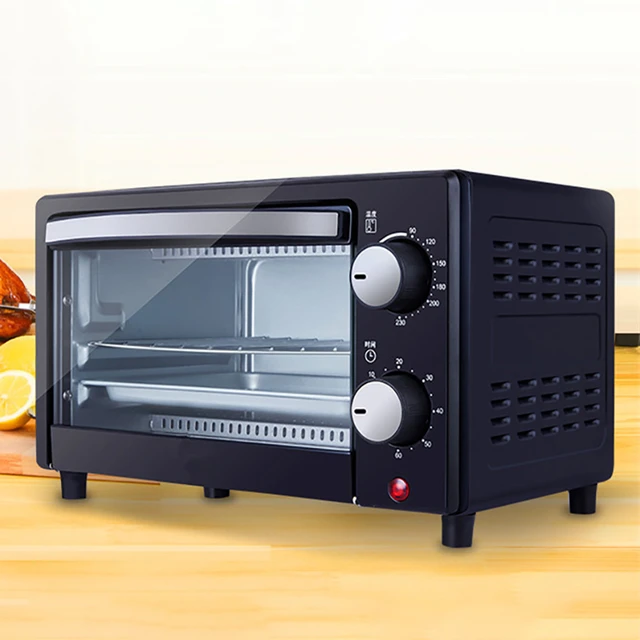
Additional Factors to Consider:
a. User Reviews and Recommendations: Read user reviews and seek recommendations from trusted sources to learn about real-world experiences with different oven models. This can provide valuable insights into the performance, reliability, and customer satisfaction of specific ovens.
b. Warranty and After-Sales Service: Consider the warranty and after-sales service offered by the manufacturer. A reliable warranty and responsive customer service can provide peace of mind and assistance in case of any issues or concerns.
c. Personal Preference and Cooking Style: Ultimately, the best oven for you will depend on your personal preference and cooking style. Consider the features and functions that align with your specific needs and complement your culinary aspirations.
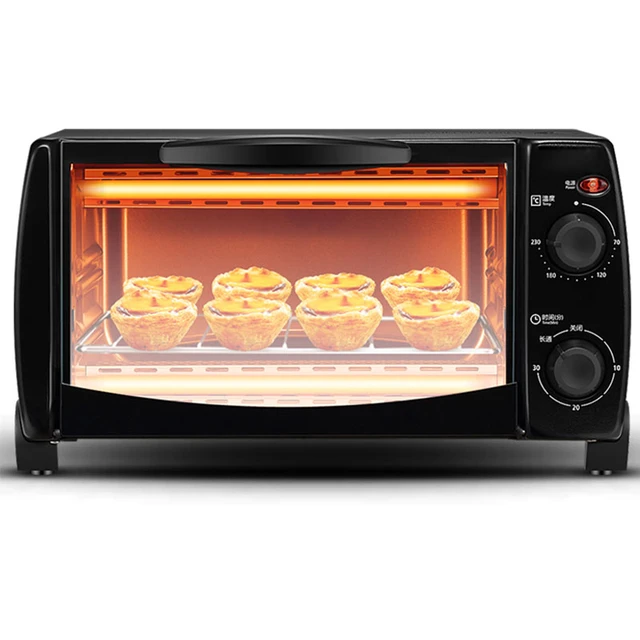
Conclusion:
Choosing the best oven to buy in 2023 requires careful consideration of factors such as the type of oven, cooking needs, available space, energy efficiency, features, and budget. Assessing these considerations and exploring reputable brands known for their performance and reliability can guide you in making an informed decision. Be sure to stay updated on emerging trends in oven technology, such as smart connectivity and improved energy efficiency. By evaluating your specific requirements and preferences, you can find the perfect oven to enhance your cooking experience and meet your culinary endeavors in 2023.

